It's Colombia, Not Columbia
Medellin, Colombia. A city of huge contrasts. A city with a dark history that has transformed itself wildly in the span of less than two decades. A city that went from the murder capital of the world and the epicenter of a dangerous illegal drug trade to one with a modern and innovative transportation system rivaling its neighbors in the region and providing access to the most marginalized neighborhoods.
A city where recent wealth ascension and transit growth has led to dramatic increases in traffic and pollution. A city where lax laws on prostitution combined with safer streets across Medellin and an influx of foreign travelers allowed for a rampant uptick in sex tourism that is only very recently being remedied and combatted by the local neighborhoods and businesses. A city where the biggest crowds en masse witnessed during my visit were not at a museum, public park or even crowding into the rush hour metro, but at the visiting gates to the San Cristobal Penitentiary on a sunny Sunday afternoon.
With economic and urban development it often seems that when one ill is corrected or innovation implemented, another problem is exposed. This certainly appears to hold true for Medellin. But even with all the woes - most of which are typical of any developing nation - Colombia remains a beautiful country. One with an abundance of natural resources, extremely fierce pride from its citizens and a government that seems genuine in its desire to innovate infrastructure, economic and social policy for the benefit of all its people.
I was asked many times both before and after my trip, “why Colombia, why Medellin?” The following aims to explain exactly why I chose to visit this complicated city filled with so much character. Despite some inconveniences and at times troubling realizations, I am undoubtedly happy to have had the opportunity to gain a sliver of insight into Medellin and Colombian culture.
Why Medellin
Matt and I have spent the past several years traveling as much as our resources and schedules will allow. Through these journeys we have developed a sense of adventure and a desire to explore cultures that are both distinct from our own and off the more beaten tracks traveled by many of our peers. We spent our honeymoon in Myanmar after all, so after several years hearing stories about Colombia’s lush landscape and being regaled with tales about formative years spent in the country from our Colombian friends we added Medellin to our exceedingly long ‘bucket list.’
Those friends who eventually won us over had fierce pride and passion for their country, the land, and cities they were from. Many were actually from the Bogota area yet even they spoke of Medellin and Antioquia with an ethereal glow, often admiring the recent development and how underappreciated the region is by foreigners. With their praise ringing in our ears and cheap flights on offer from JetBlue we officially booked our trip for earlier this year. As has become our norm we reserved a small AirBNB to get a more local perspective on the city. Our host was a Kiwi native who had fallen in love with Medellin - and a lady - while traveling and and subsequently decided to base his entrepreneurial exploits in a particularly lively district of the city: the Provenza neighborhood of El Poblado.
Why Medellin: The Culture
To be honest I worried prior to our visit that the Provenza area would be too touristy and filled with English speaking expats to feel authentic. I was reassured that ‘touristy’ in Colombia would pale in comparison to big cities in the developed world and that the neighborhood would allow us easy access to a long list of restaurants as well as excellent nightlife. Plus, I speak Spanish about as comprehensively as a babbling toddler, so encountering more English speakers wasn’t necessarily detrimental to our experience. In the end the location worked out perfectly. There were certainly an abundance of restaurants - with really good food at all price points - as well as bars, shops, coffee houses and of course plenty of people watching to keep us busy between riding and sightseeing. The location was less than a mile from the nearest metro stop and while on our bikes it was just a hop skip - and a 13% gradient - from some terrific routes out of the city.
Before our departure we read conflicting commentary on current safety levels in Medellin and how to conduct oneself as a foreign traveler in Colombia. Our favorite guidance from a travel guide was: “Colombian women dress modestly so follow suit.” Of course most young Colombian women dressed as they do in other modern day cities and there certainly wasn’t any ultra conservative dress code for a visitor to abide by. There was, however, one particularly notable and unique style preference: bright red hair dye which seemed to adorn 1 in every 3 women under 40. We have yet to decipher the pop culture source of this trend.
As for safety, most areas we traversed including those deemed more dangerous or sketchy actually felt reasonably safe. With the exception of one stretch of walkway between two central Medellin locations that seemed to serve as a shanty town to the homeless and those afflicted with drug addictions, Medellin didn’t feel more or less safe than any other crowded urban metropolitan area. That is, some areas left us feeling a bit uncomfortable and uber conscious of our surroundings - not all neighborhoods were used to pale white spandex laden cyclists rolling through - but most of Medellin felt completely welcoming and filled with friendly people, patient in our communication hurdles and eager to share with us their vibrant culture. Thus in hindsight the level of apprehension to visiting Medellin back in the states felt overwhelmingly exaggerated - perhaps people spend too much time watching Narcos these days but I would feel safe and secure recommending anyone visit the region.
Why Medellin: The Food
Sampling local cuisine is hands down my favorite way to immerse myself in local customs, not to mention a fun way to try new dishes or products that don't exist back home. I didn’t have much in the way of expectations on Colombian food before visiting. While Peruvian joints and food carts selling empanadas and arepas are pretty regular staples in NYC, I haven’t had nearly as much Colombian specific food in the city and each Latin joint has its own version of what an empanada or arepa is so I had no idea what to deem authentic.
As it turns out we were blown away by the wide range of delicious food in Medellin, all prepared with exceedingly simple but delicious ingredients. In the course of our journey we partook in everything from roadside empanadas along a major highway to a seven course tasting menu in a fashionable restaurant with an expansive wine list. My favorite single item was a particular roadside arepa de choclo - a sweet corn grilled arepa - with cheese on top procured on our last day in Medellin. We had spent the preceding hours dodging rain on a beautiful ride toward San Felix and San Pedro and were on our way back, slightly damp and slightly tired, when we spotted the exact stand I had selected on the climb out of Medellin. We were greeted by a sweet old lady who made me a hot fresh arepa in the back of her house and gave a confused look when I rounded up the pesos to what likely amounted to a dollar to both thank her and get rid of some of my last loose change. Both the context and the actual arepa were incredibly memorable.
Meanwhile the best overall meal was enjoyed at Gloria's - a true family run operation serving up traditional Paisa dishes on a tiny corner lot in Escobar’s old stomping grounds of Envigado, bordering El Poblado to the south. We arrived towards the end of a bike ride ready to refuel from some hard efforts. With my minimal Spanish all I knew to order was ‘uno plato con chicharones’ - a big plate with fried pork rinds (the most important element) in the traditional Bandeja Paisa style. Bandeja Paisa is a dish consisting of all the essentials designed to keep laborers satiated and energized for a day of work: rice, beans, ground meat, egg, avocado, plantains and choice of protein (because you can never have too many proteins). I nodded to a few of the waiter’s indecipherable questions without any certainty as to what was coming other than “si, yo quiero arepas” (I’ll admit it, those Taco Bell commercials from the 90s came in handy).
What arrived was approximately 12 plates of food including 3 huge slabs of chicharon, all amazing and fresh despite us ordering on the late end of the lunch hour. The staff, including Gloria herself, greeted us warmly and didn't seem to mind that we were butchering both their language and most likely the general method in which to eat their dishes - was the small bowl a soup or a dip for arepas? Despite coming hungry after climbing yet another ridiculously graded slope, we couldn't come finish the meal and managed to get the leftovers wrapped to go - yes, in my jersey pocket - only to find out later that they had then packed extra food into the bag on top of our original order. Our total meal, sufficient to feed at least four, cost about $12.
We’re always partial to street fare but the high end food was great as well - innovative and generally lighter than it's more casual counterparts but delicious and still quite inexpensive. The most expensive meal that we had was the tasting menu at Carmen, a fashionable restaurant in El Poblado. The food was excellent, the service was great and the seven course menu with a wine pairing and several cocktails added up to just over $80 per person. We would highly recommend it.
Random concluding food thoughts: I still don't really understand what the ‘Clara Frio’ is that was being sold all along the autopista, among other places. The Manzana Postobon was pink and amazingly delicious and it took me until the airport waiting area on the flight back home to realize it was intended to be apple flavored. I’d prefer to just call it pink candy in a bottle because it is utterly fantastic and serves as a wonderful post ride sugar replenishment. Oh, and the avocados in Medellin - which were huge and actually tasted like a fruit - have ruined me from ever enjoying one in the states again.
Stay Tuned for Part Two of 'It's Colombia Not Columbia'
Since our adventures in Medellin were too memorable to fit into a single journal entry we decided to split it into three pieces. Stay tuned for part two - 'Cycling in Colombia' - coming soon to the To Be Determined Journal.
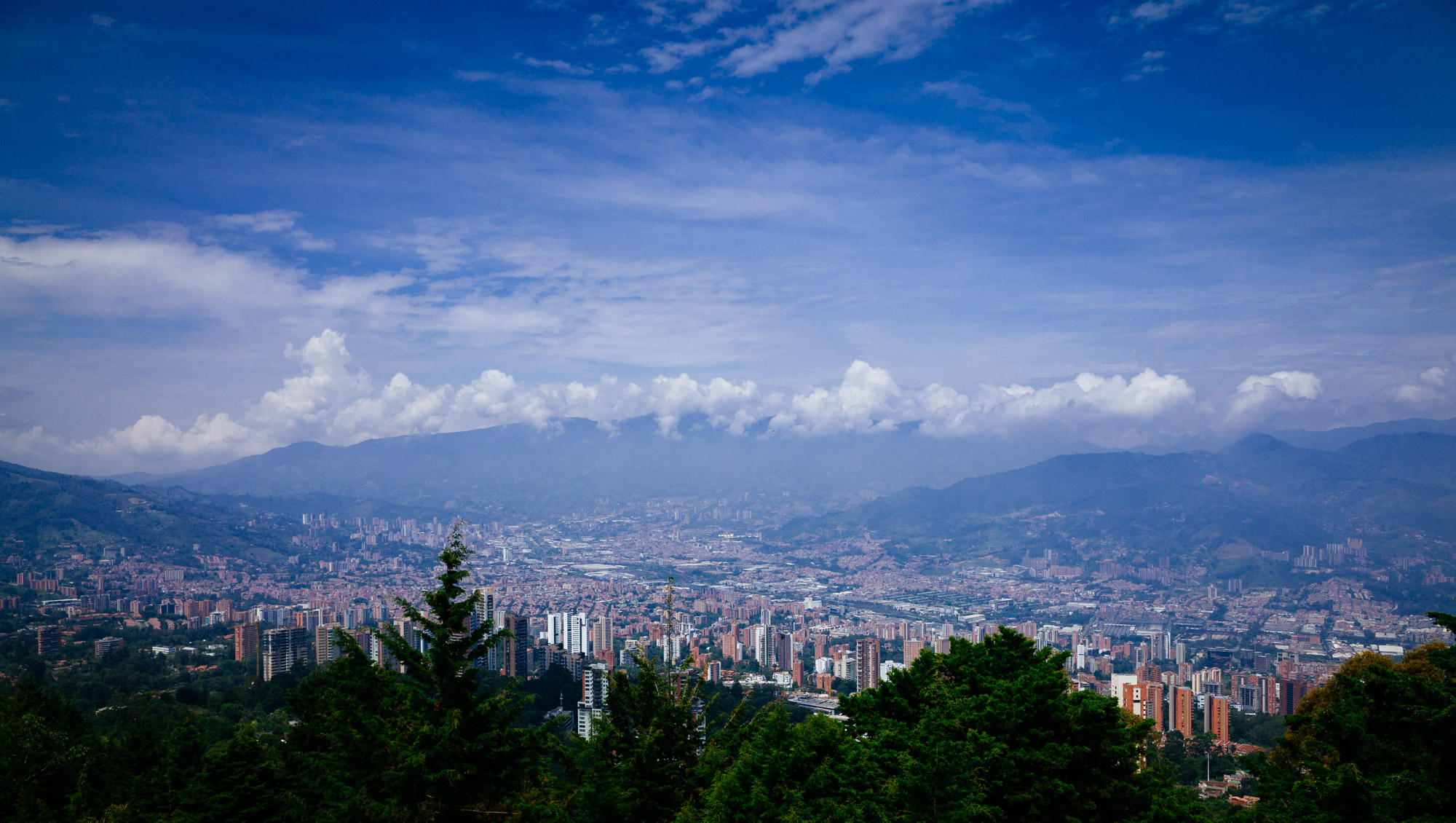

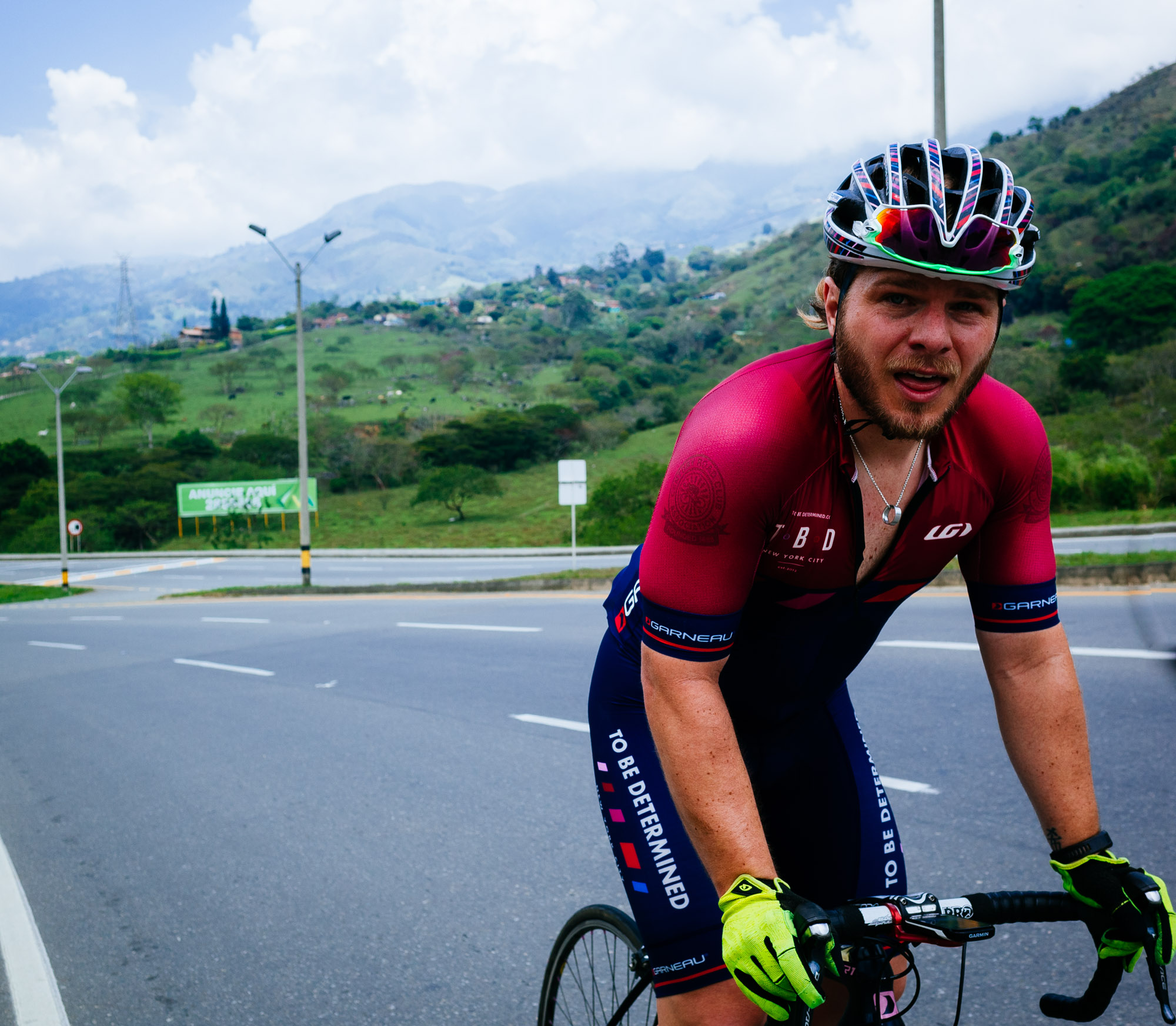



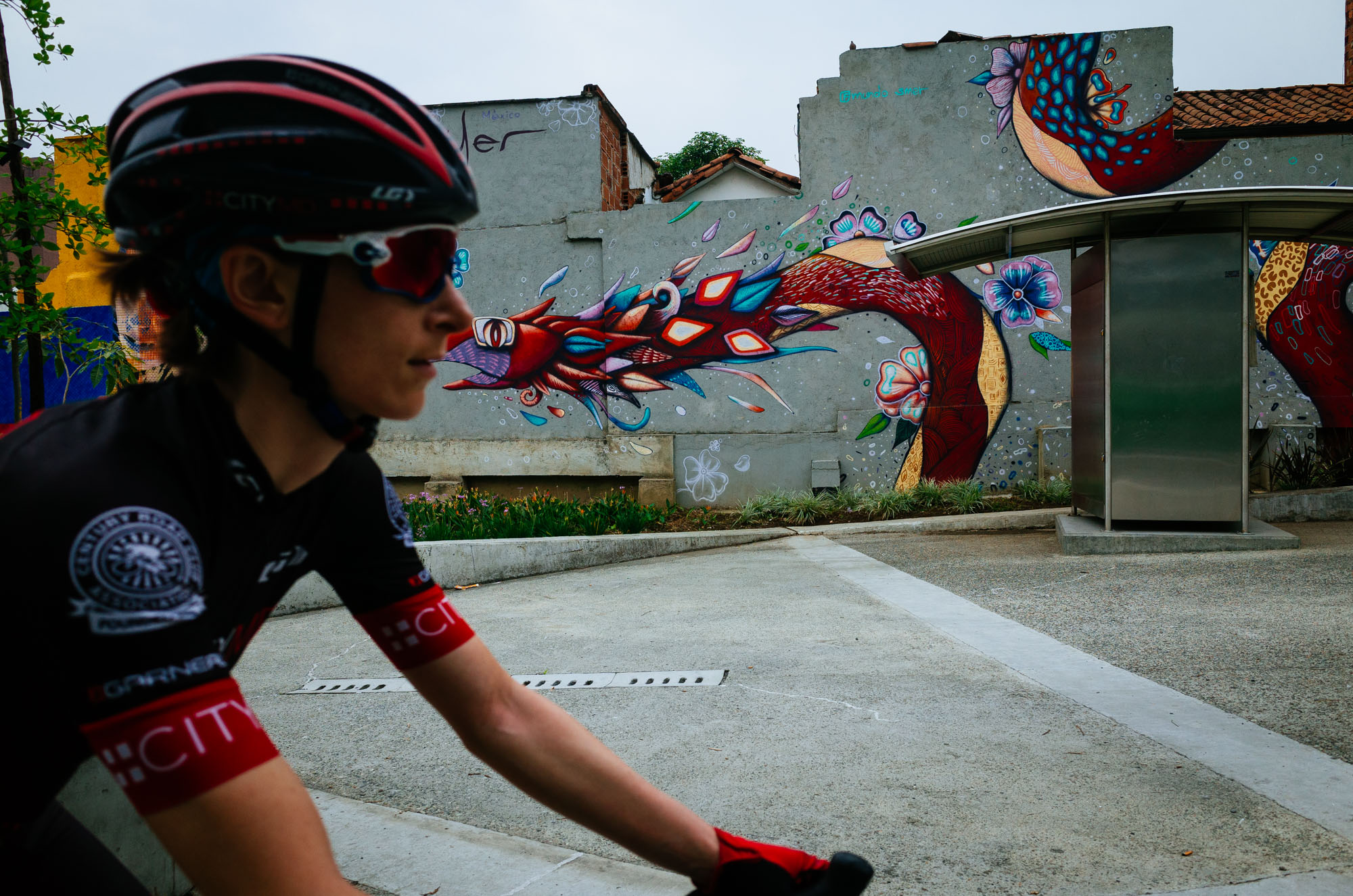
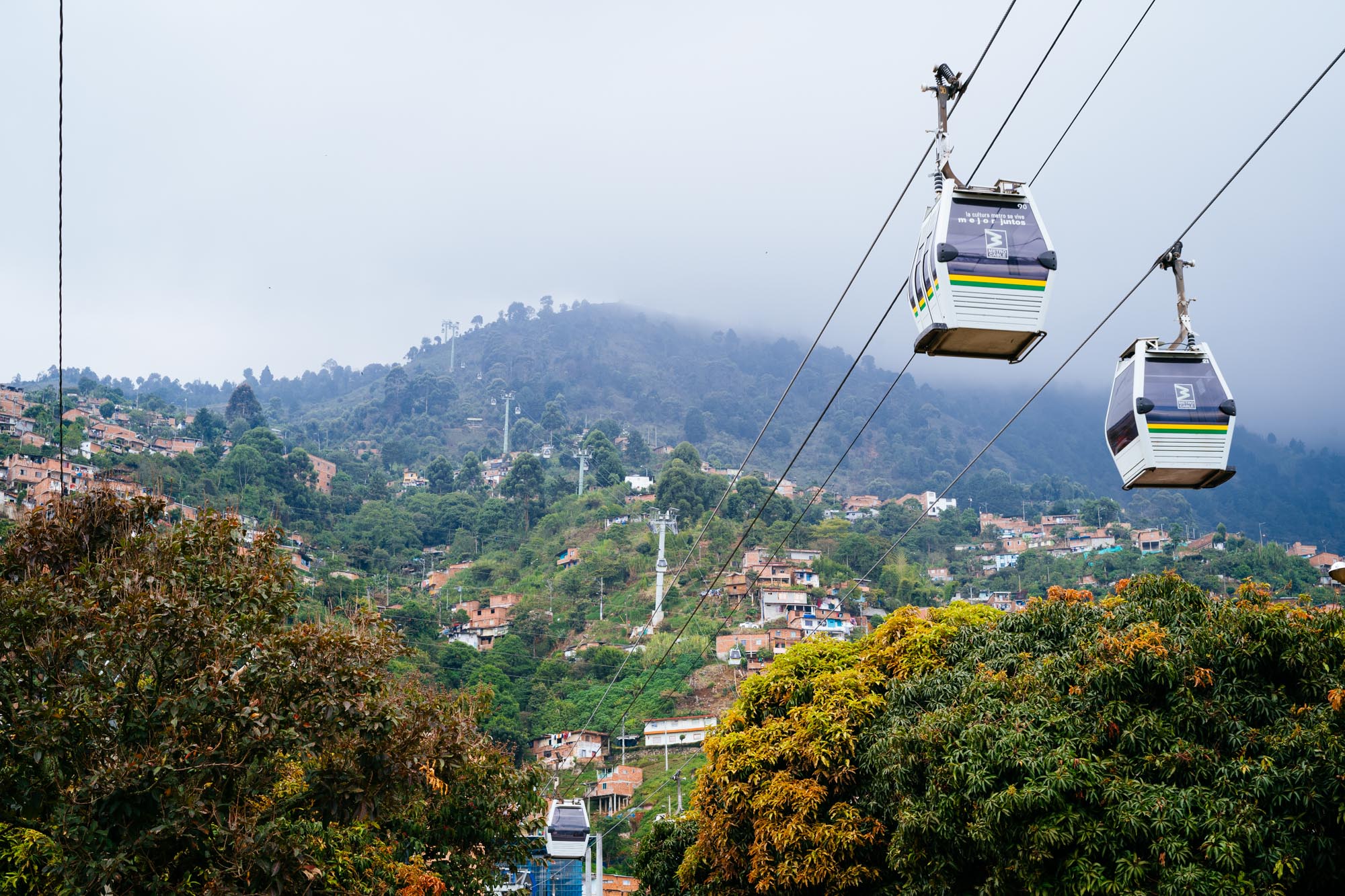
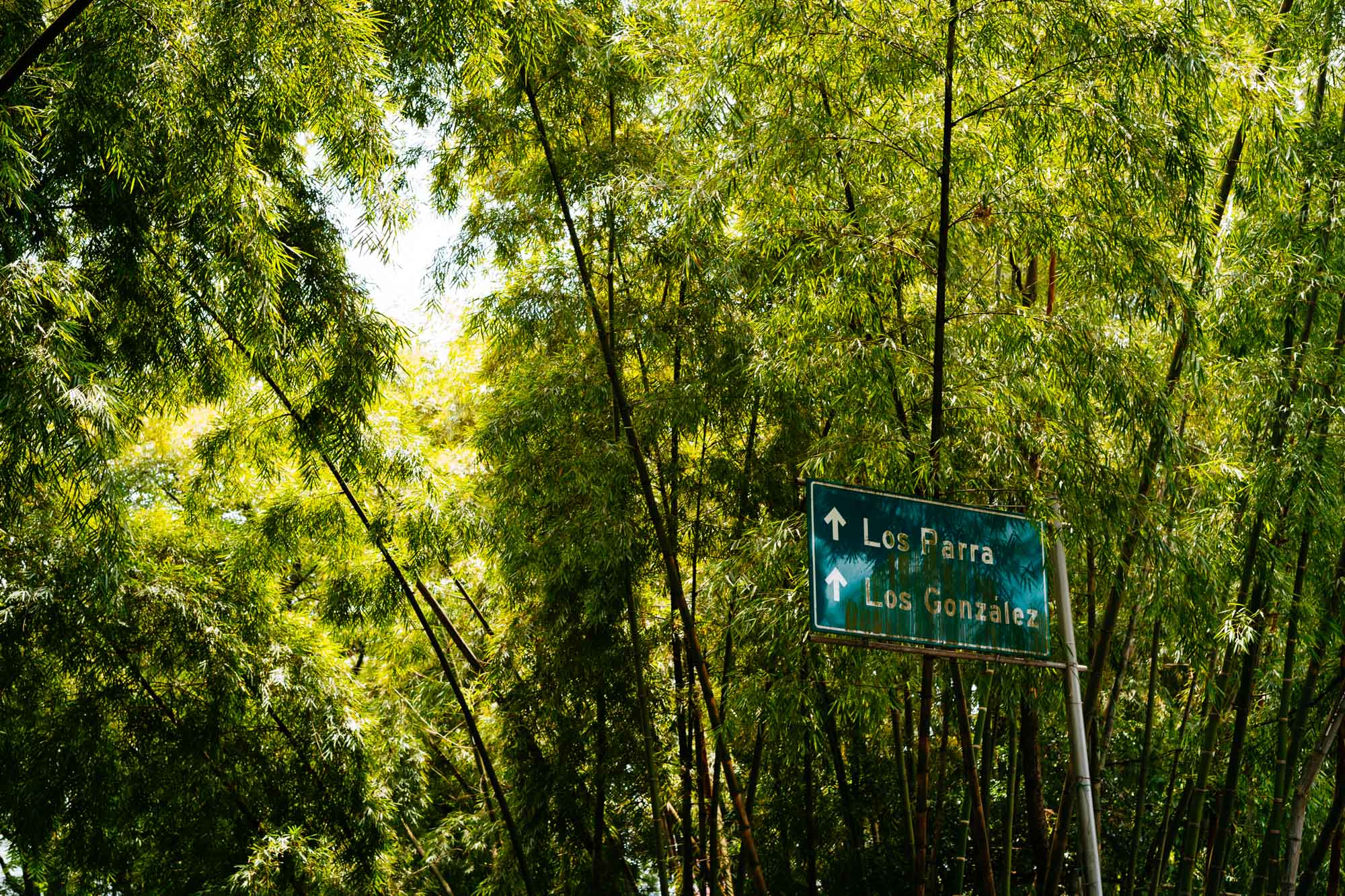
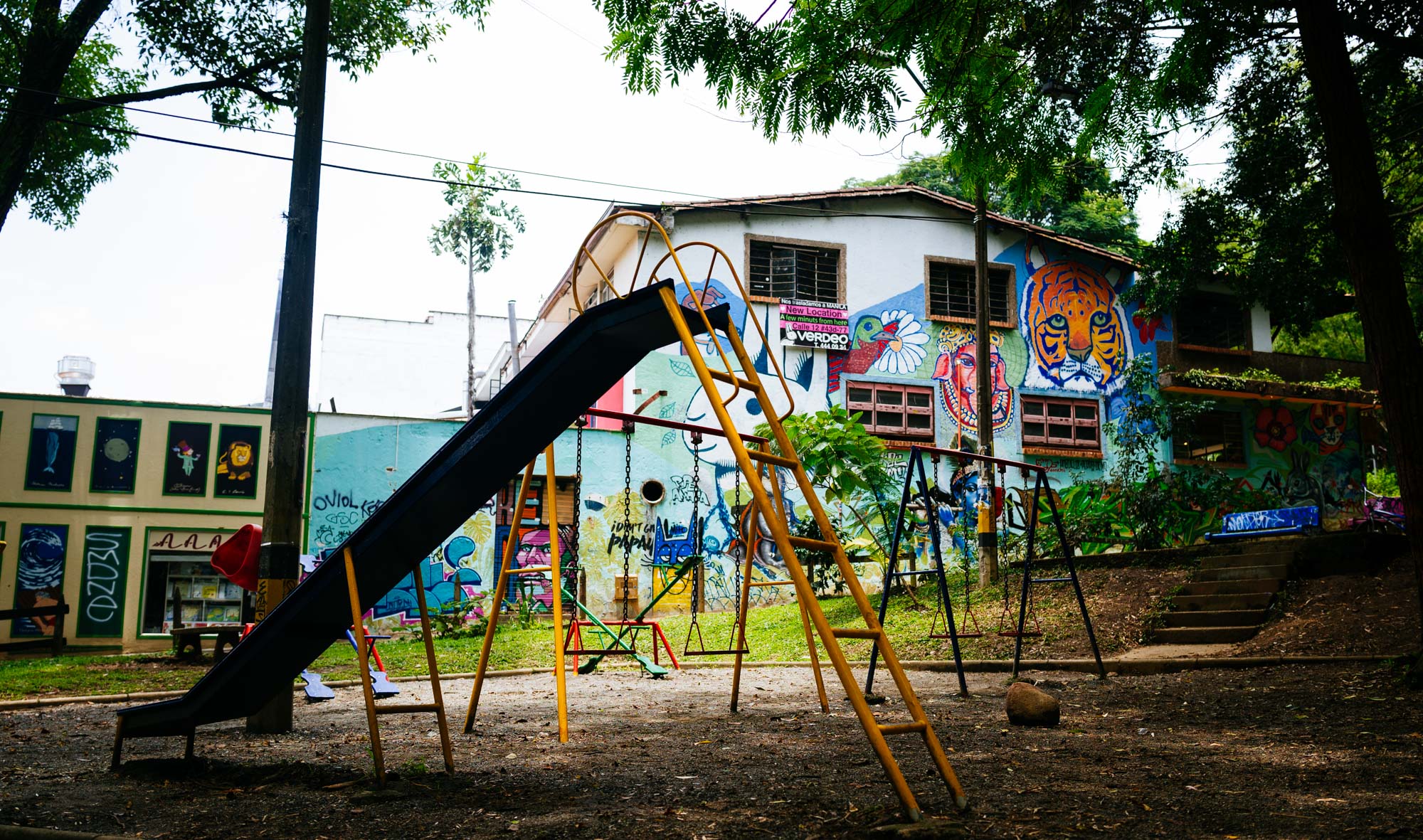
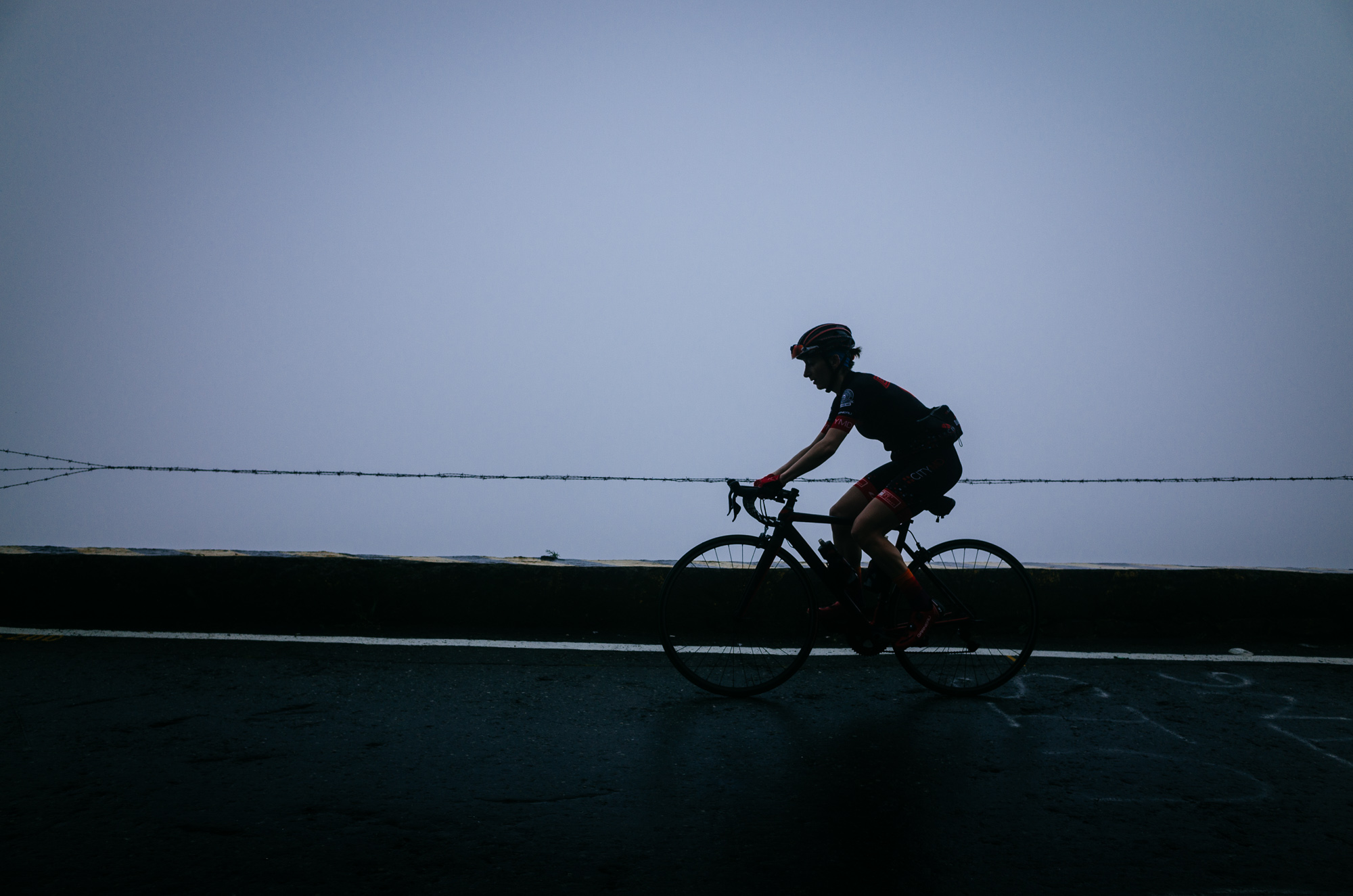
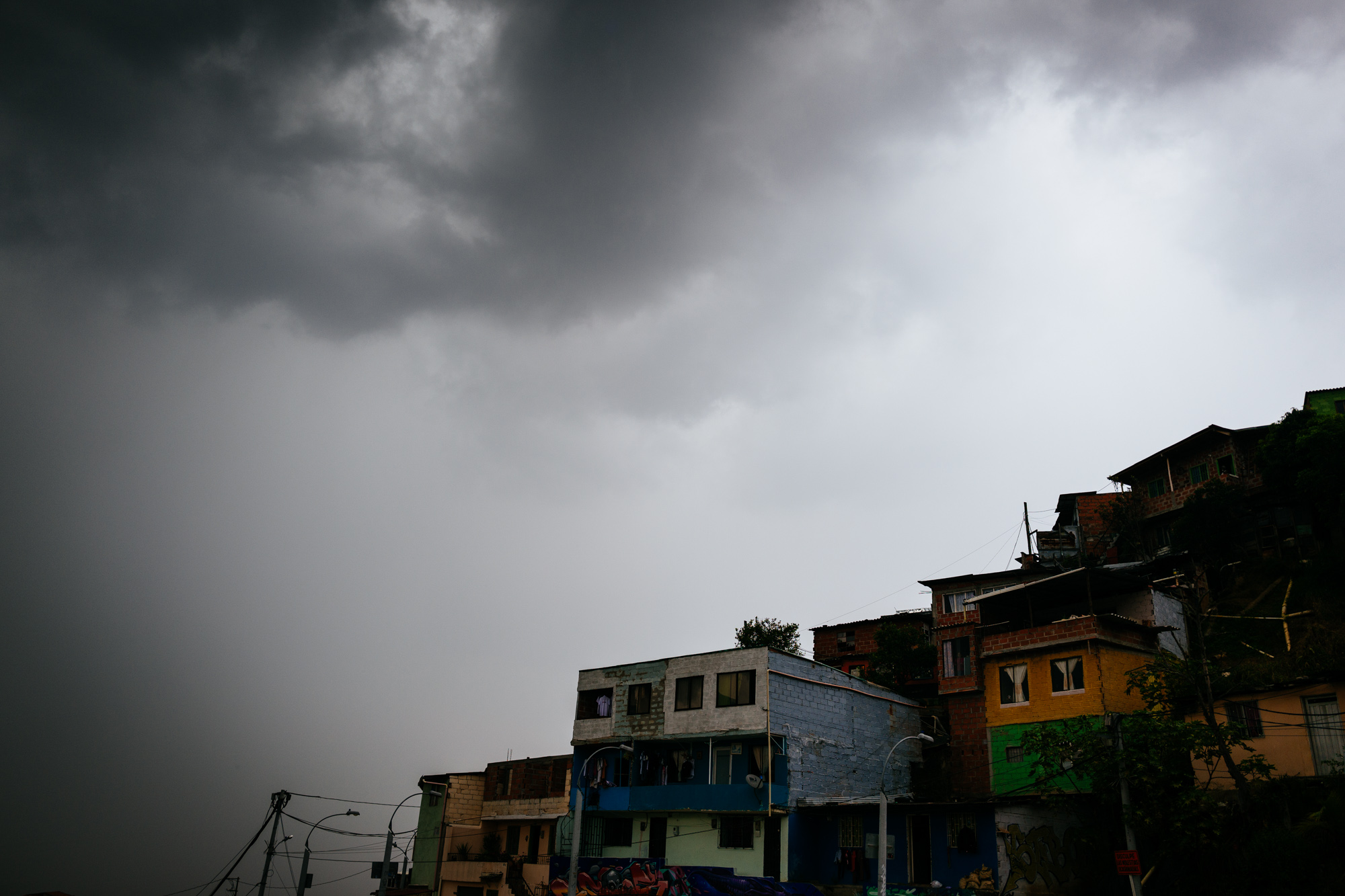
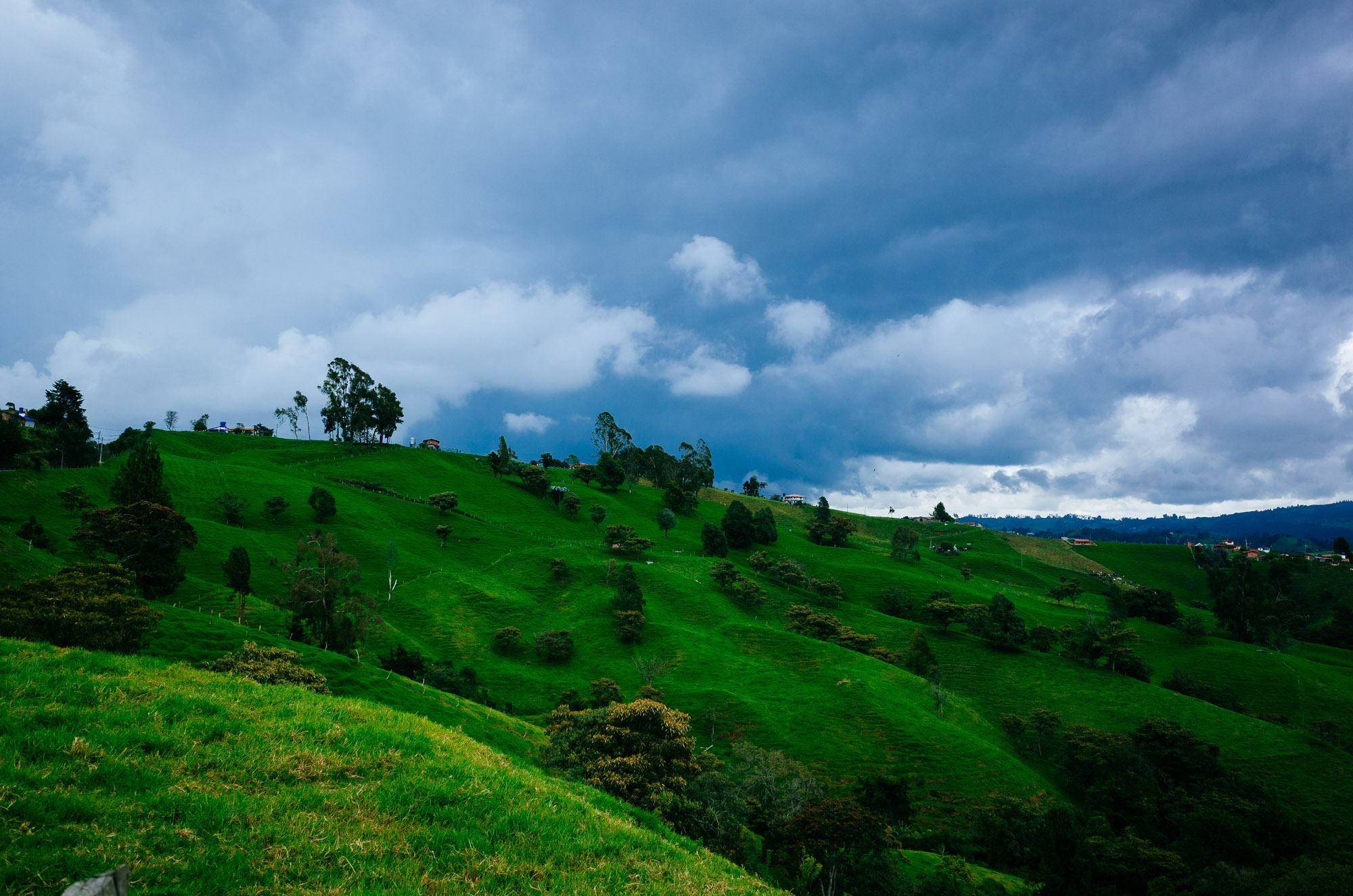



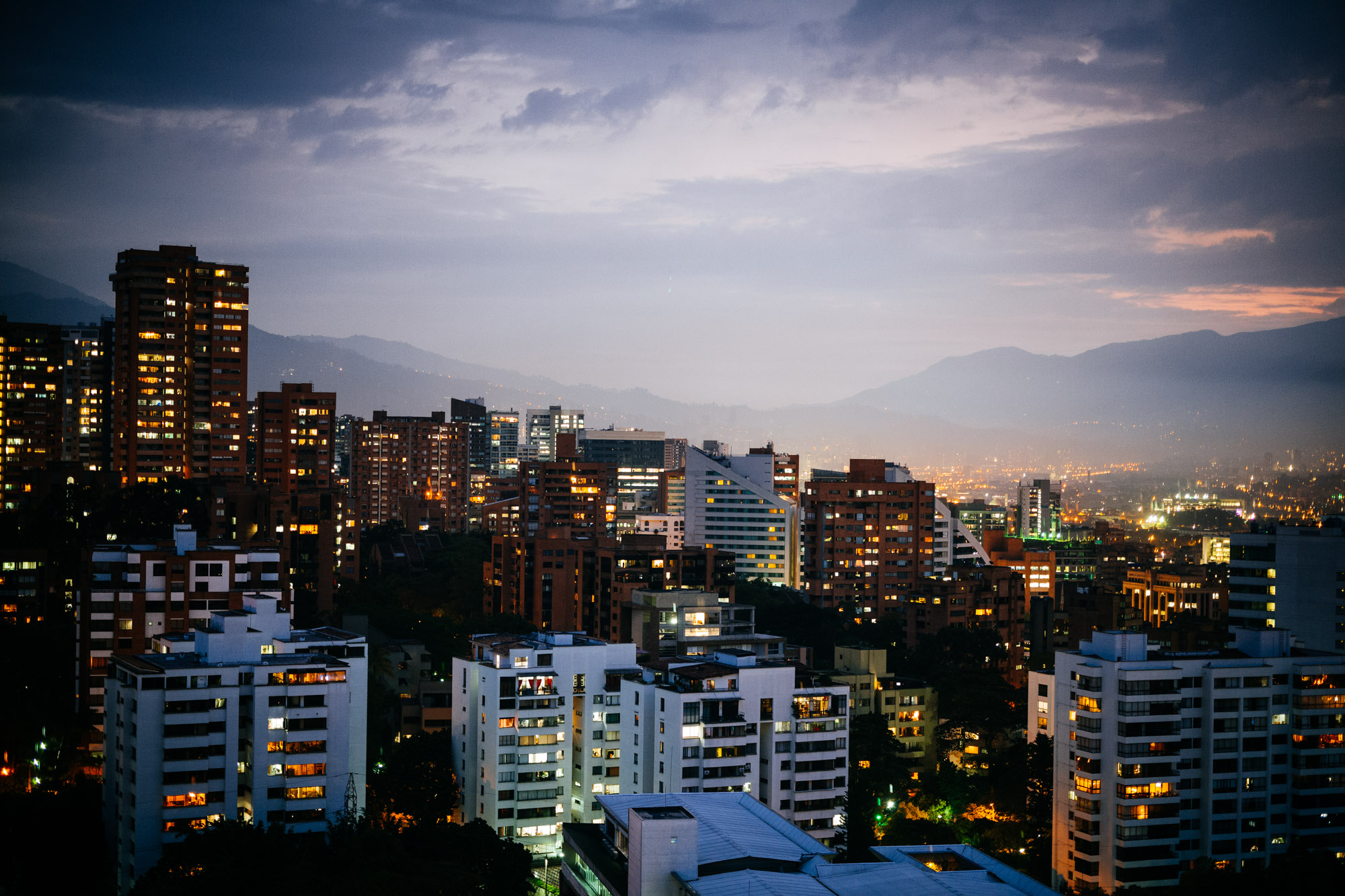






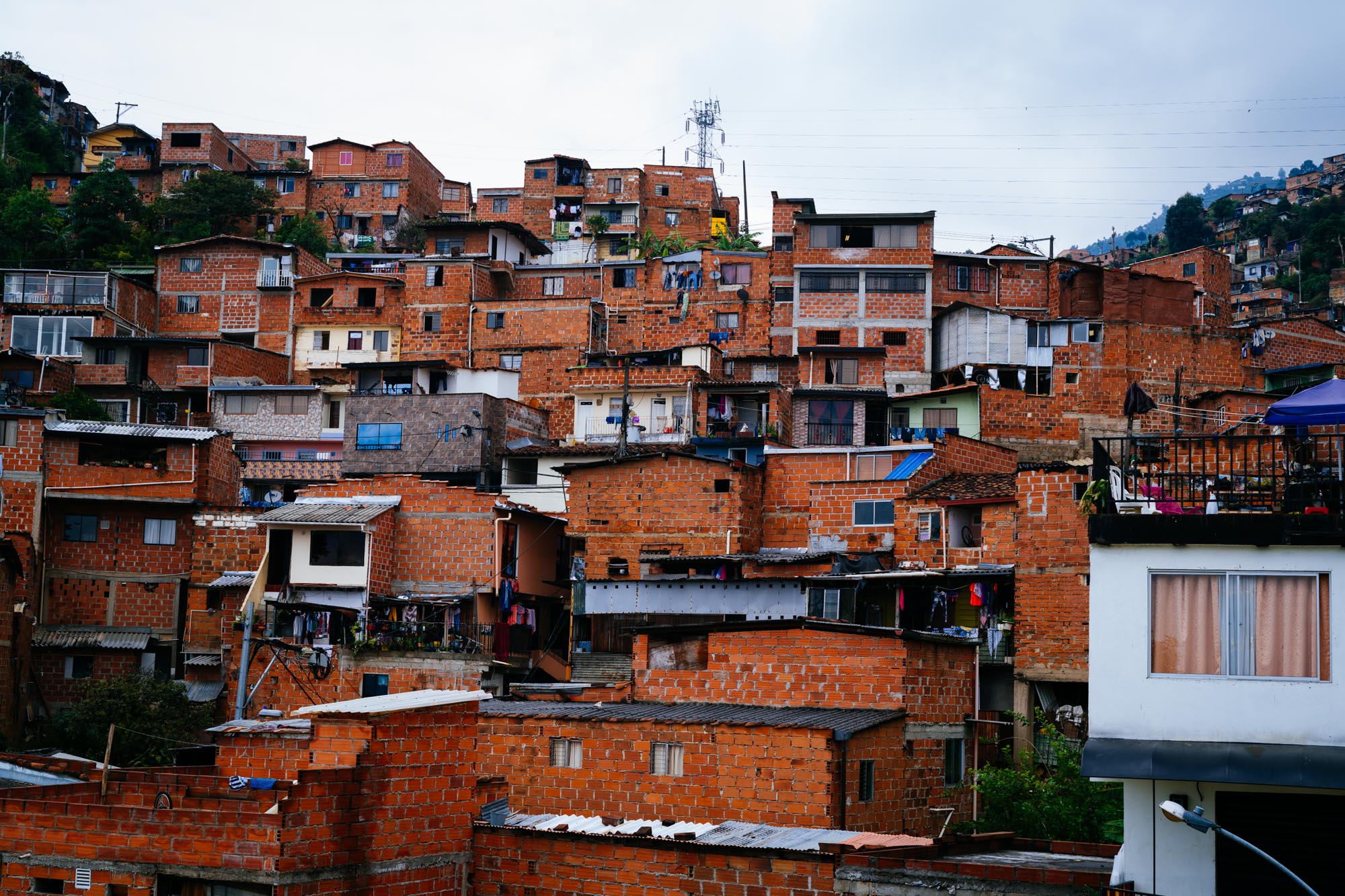
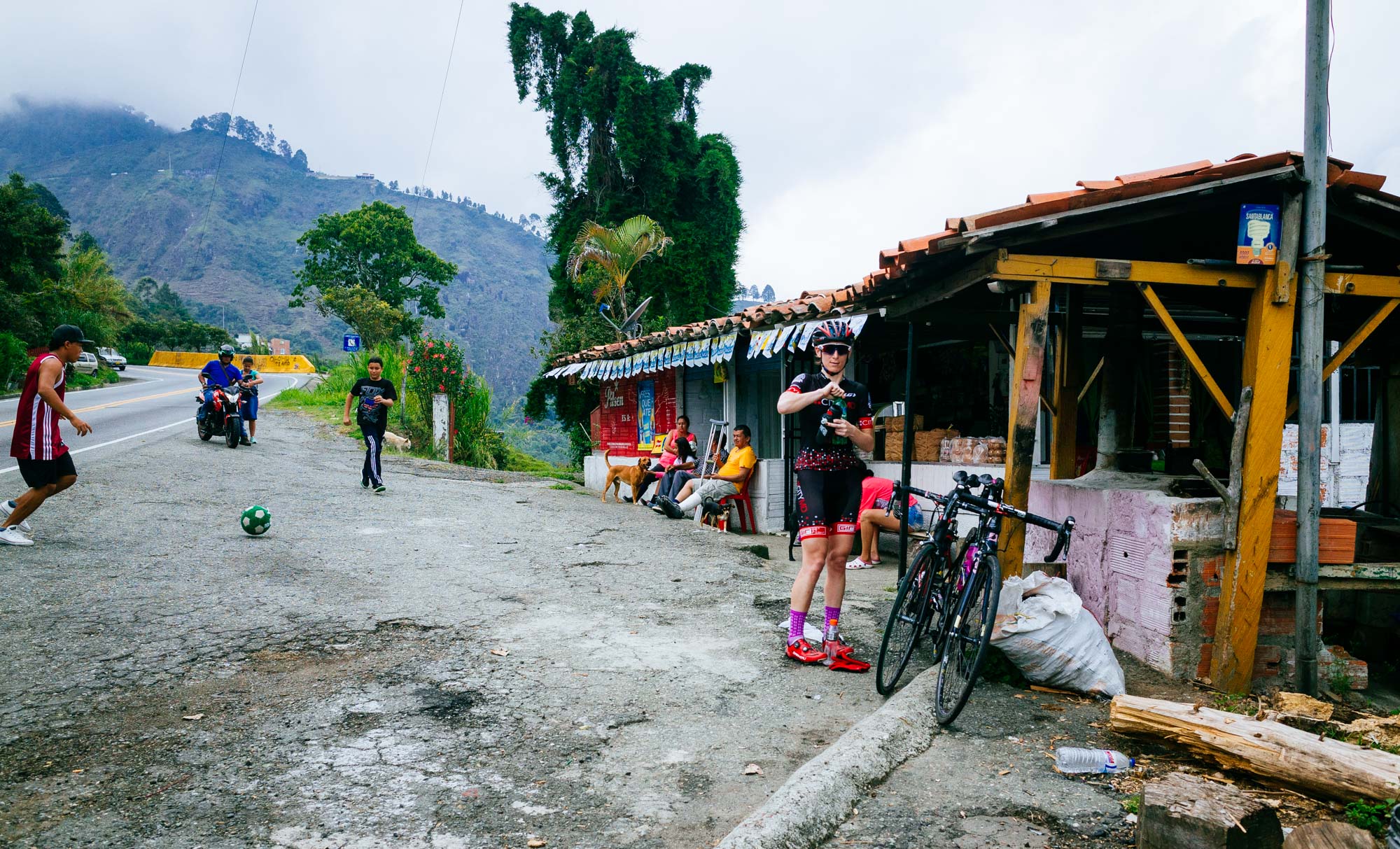
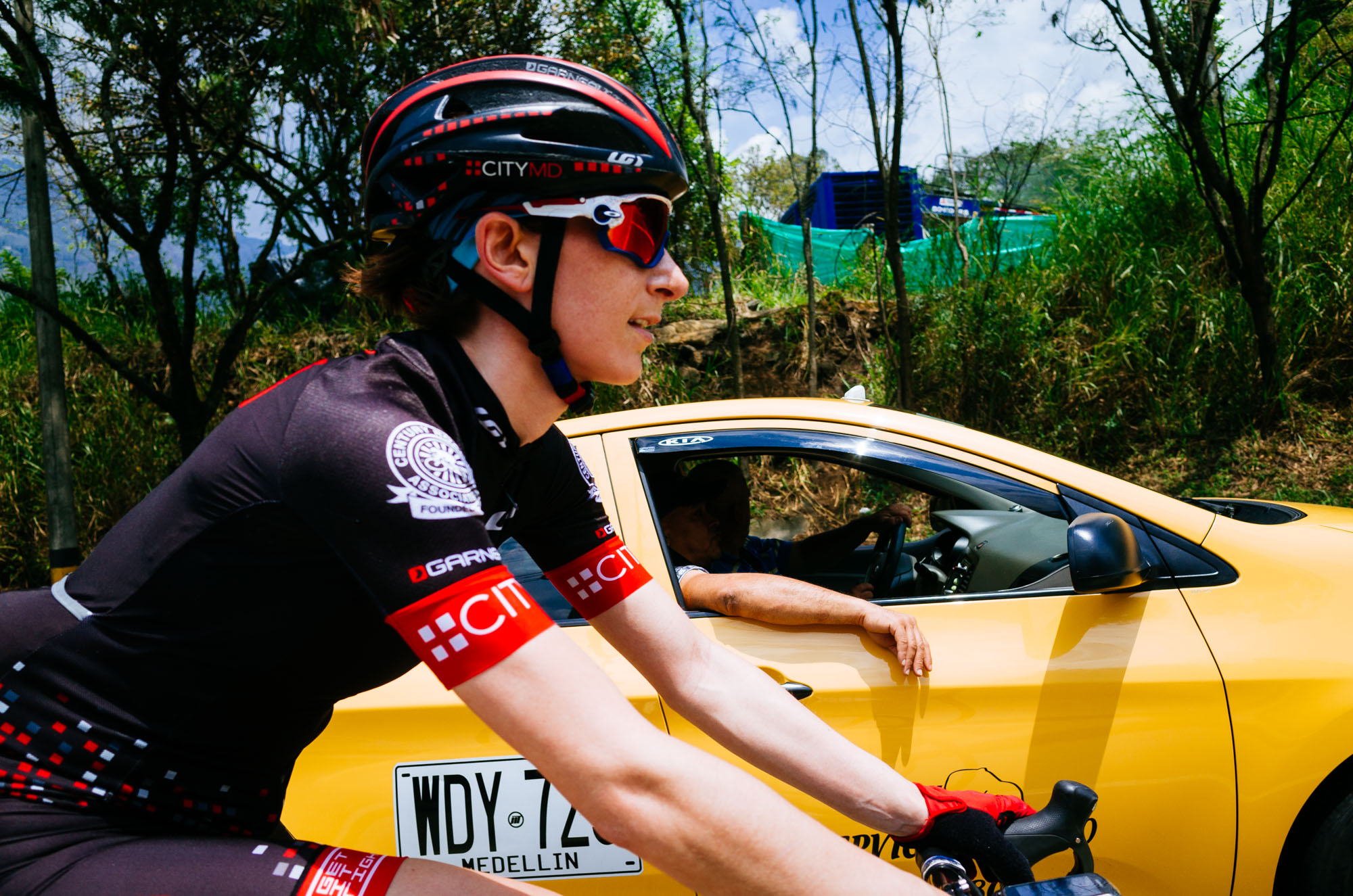
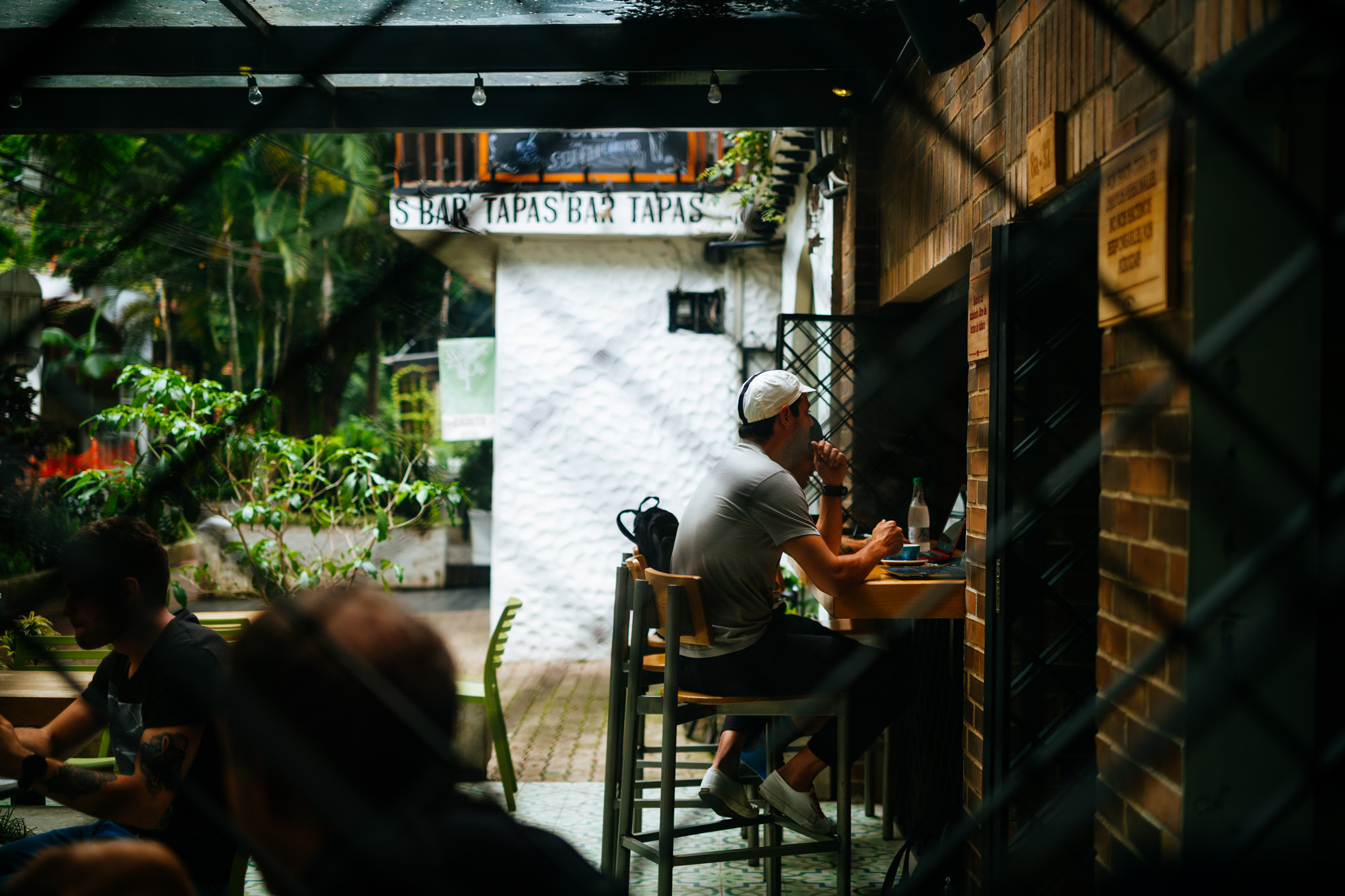
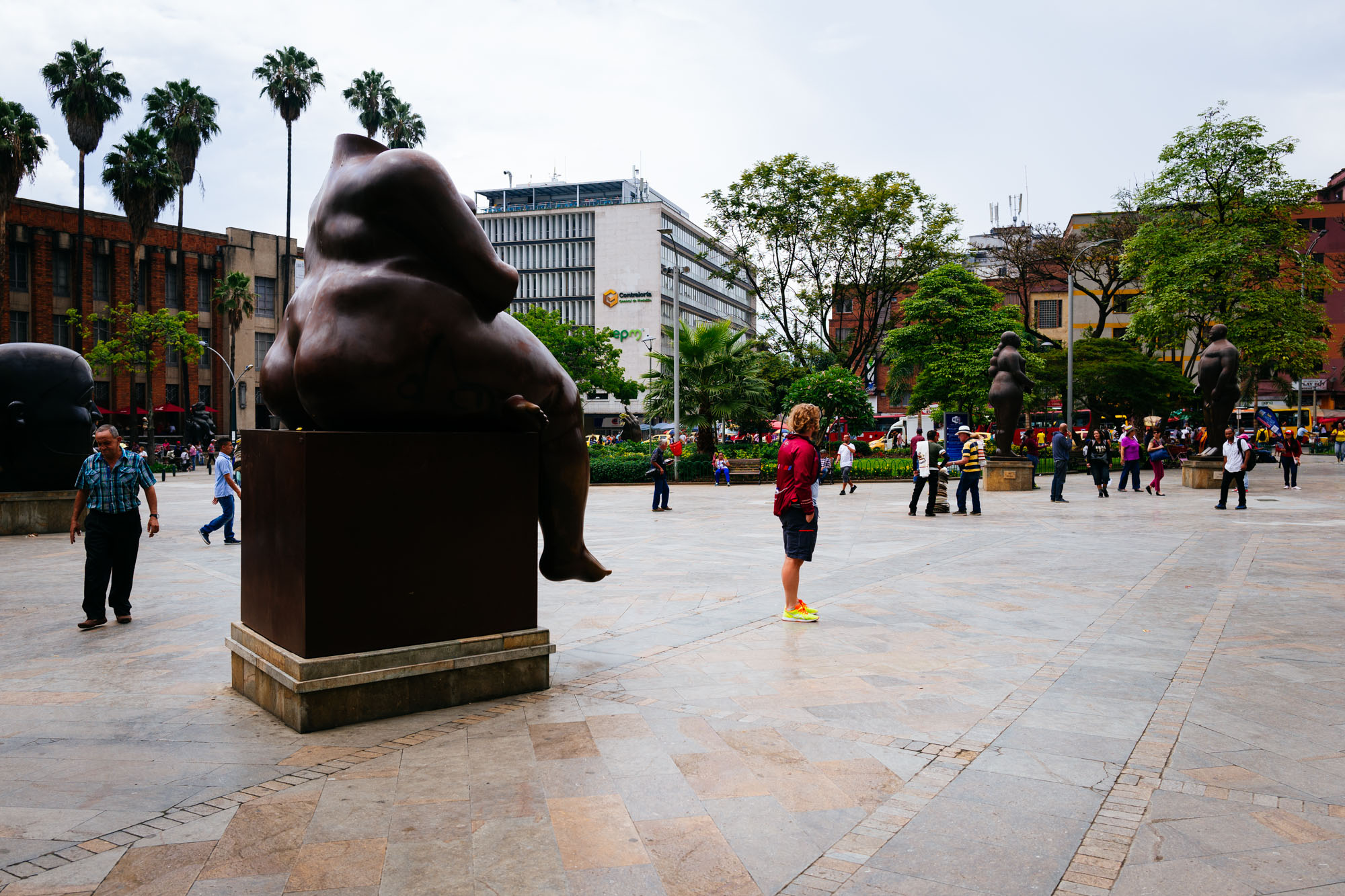
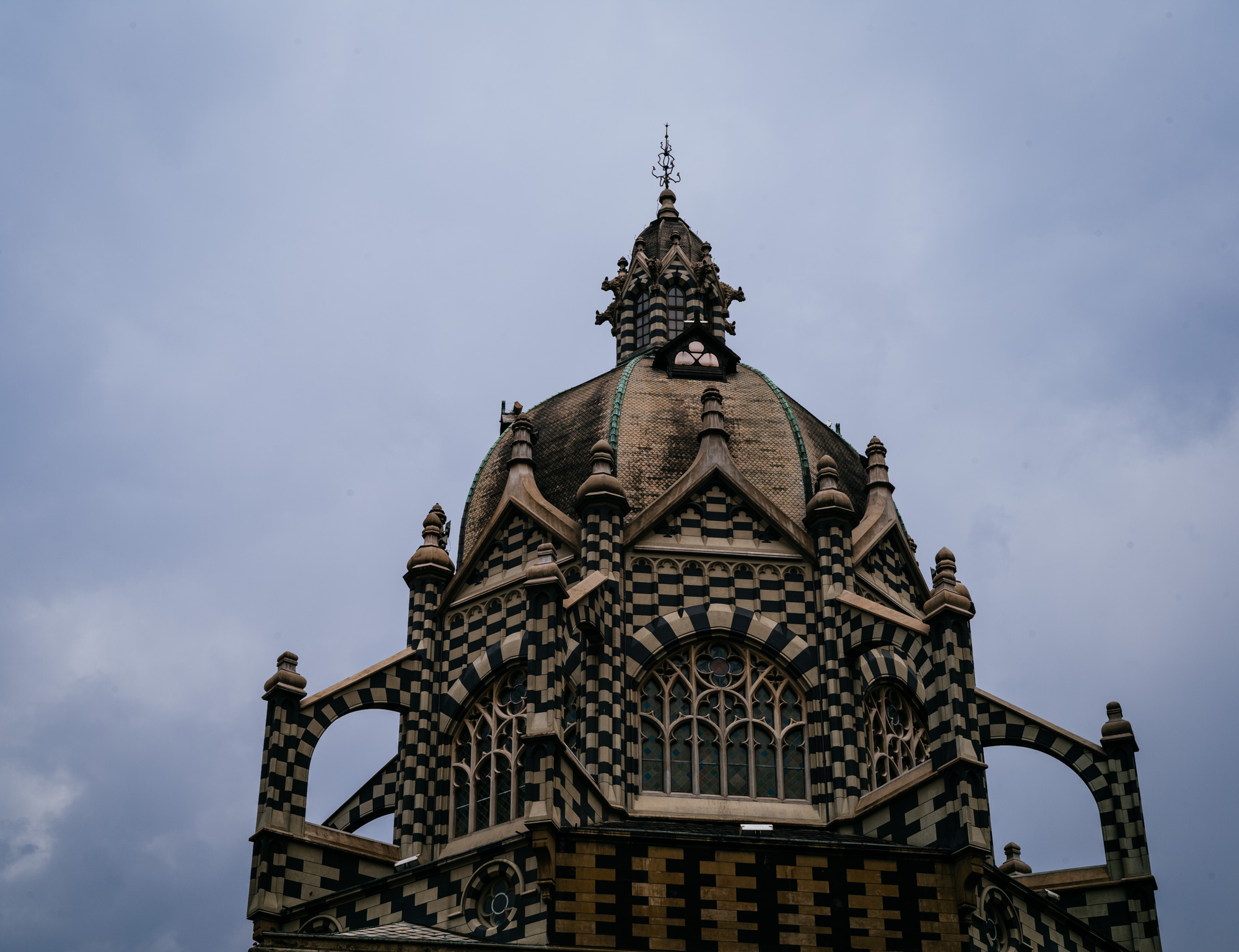
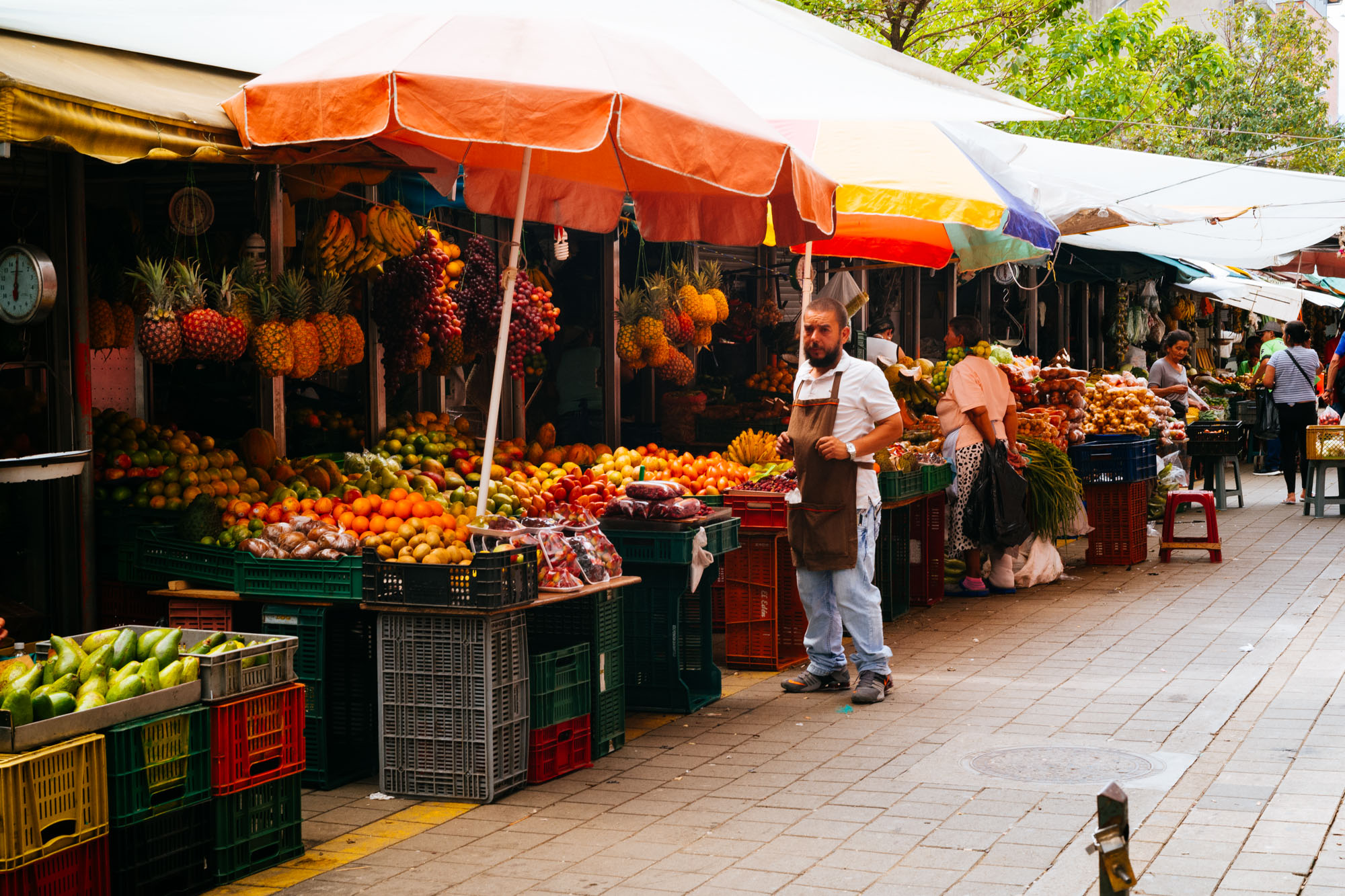
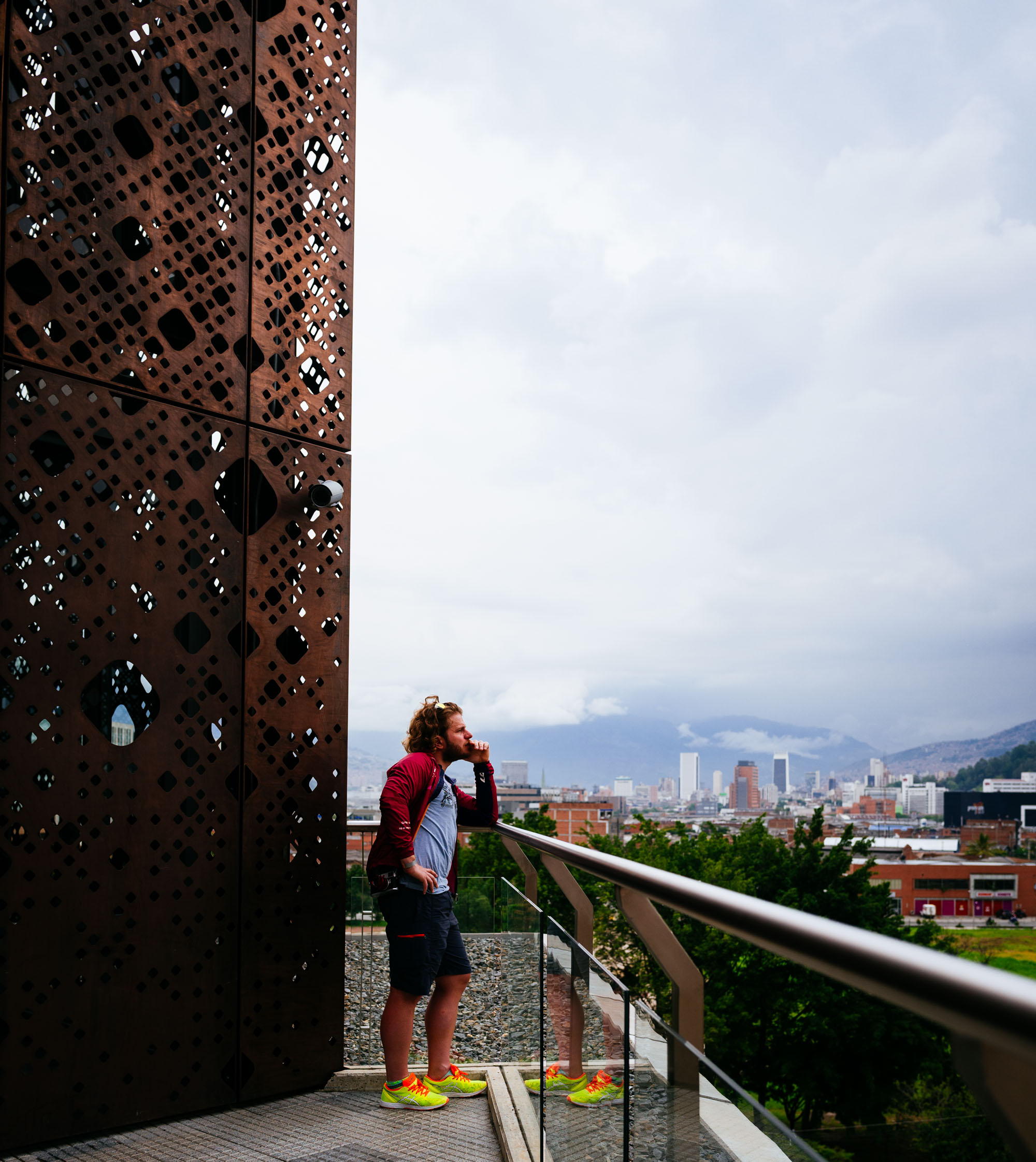
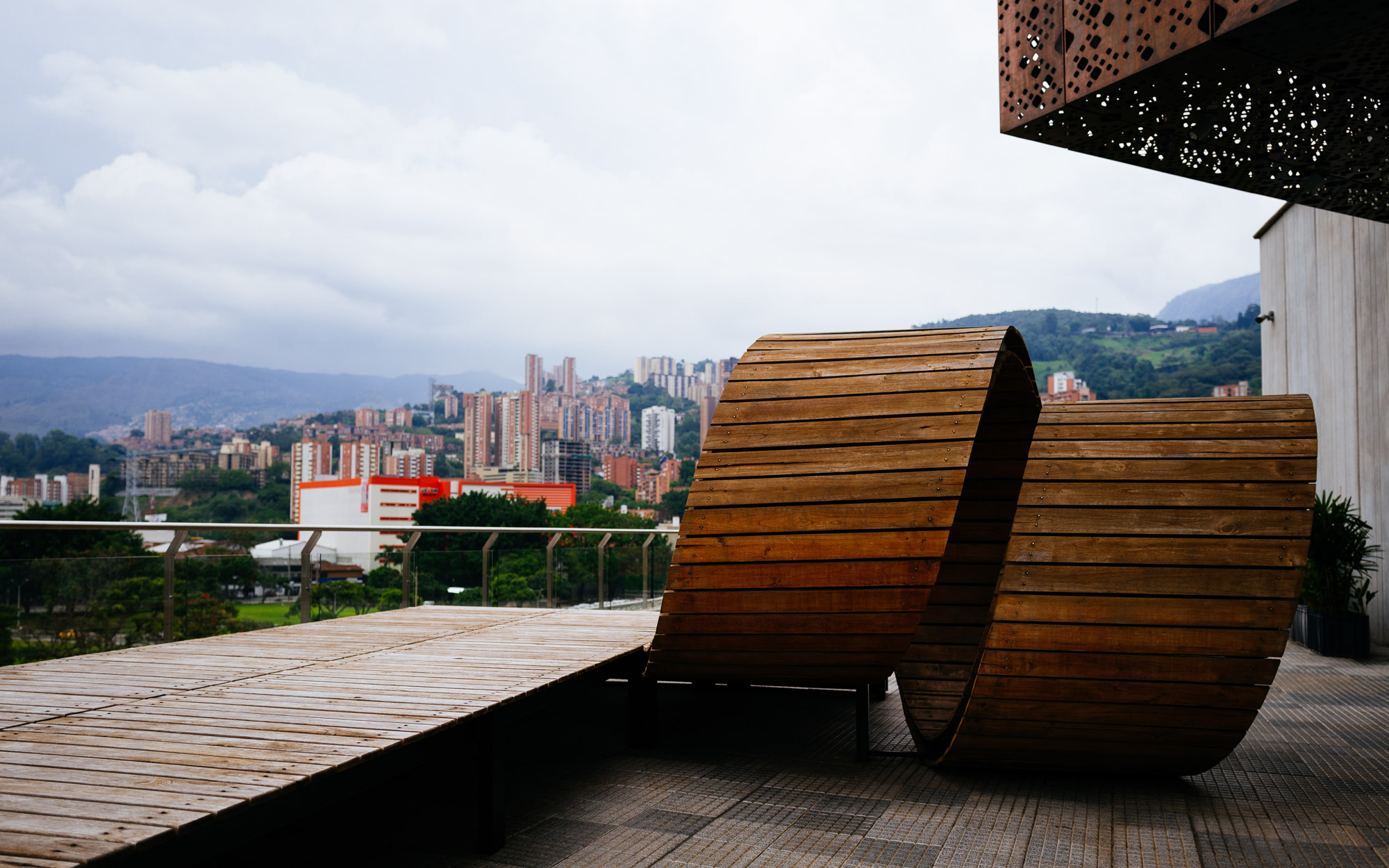
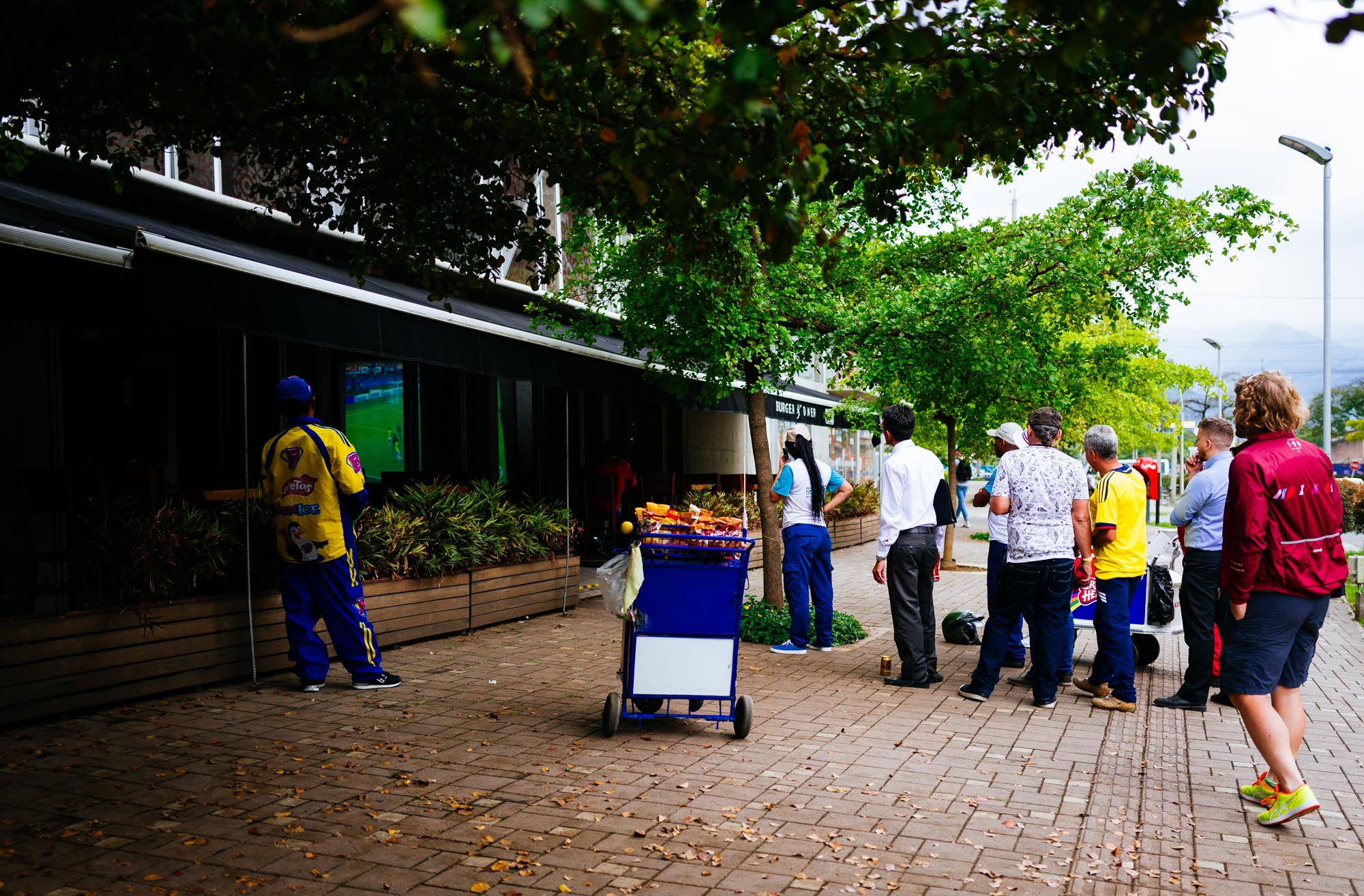
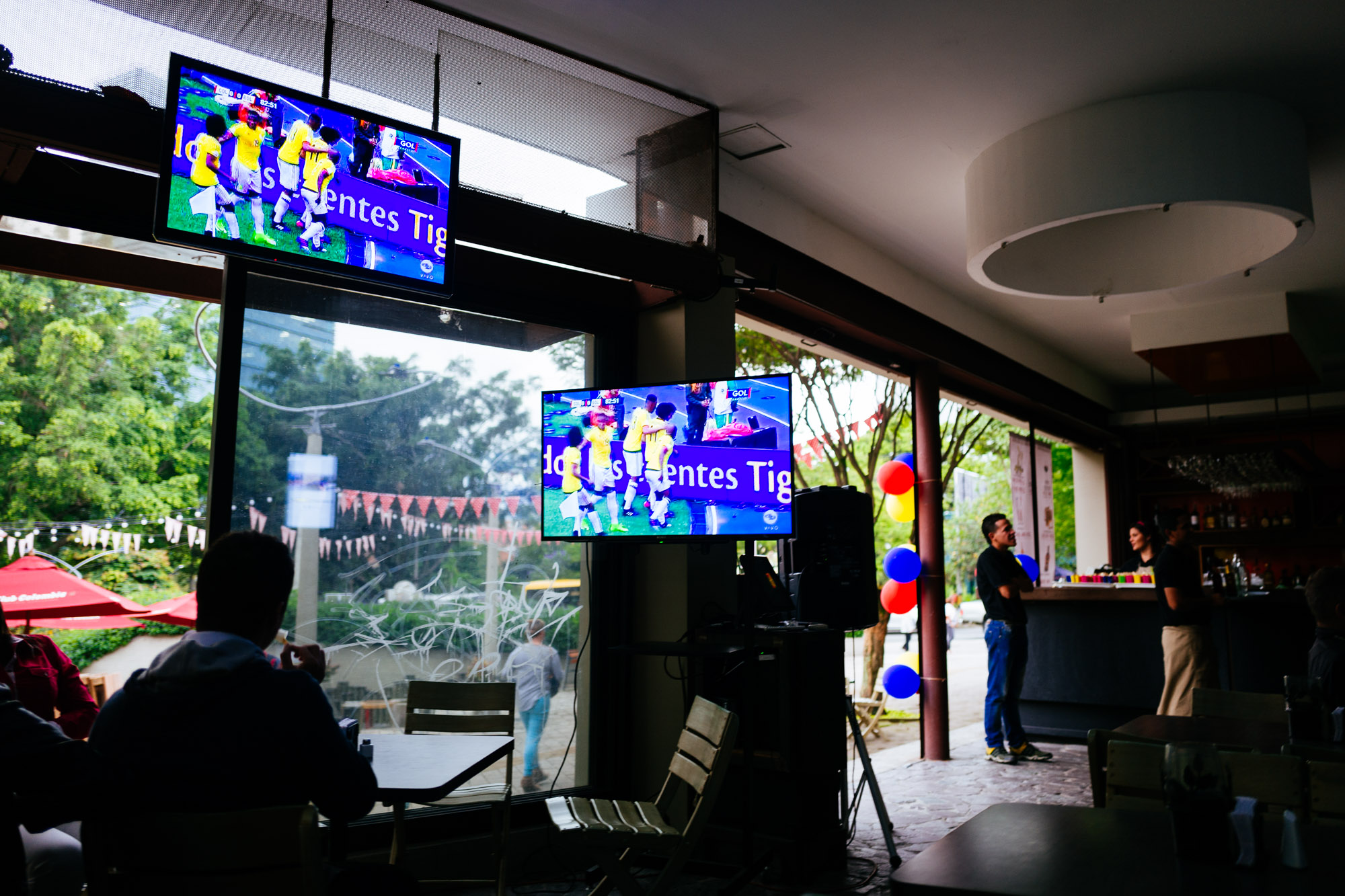
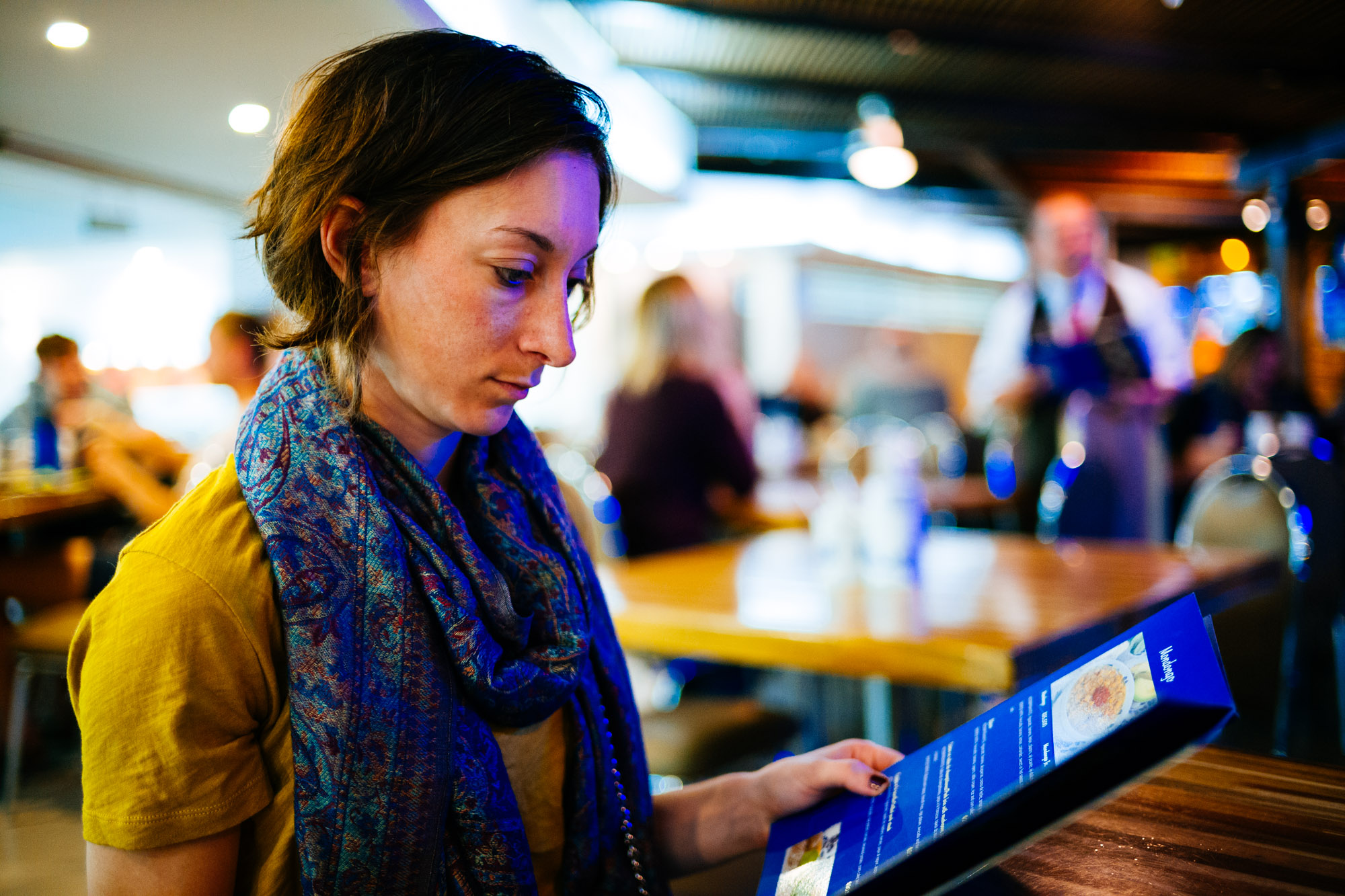
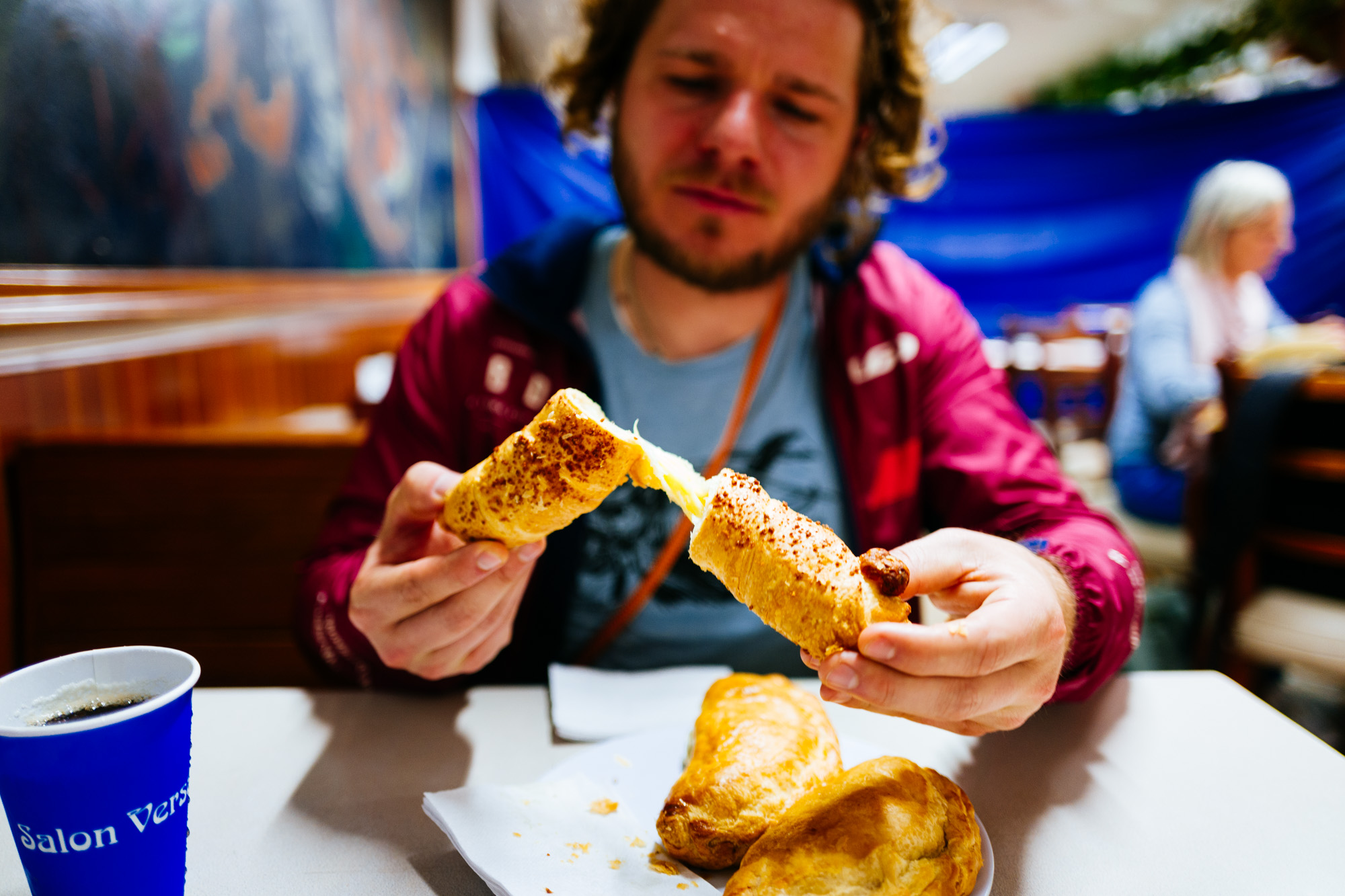




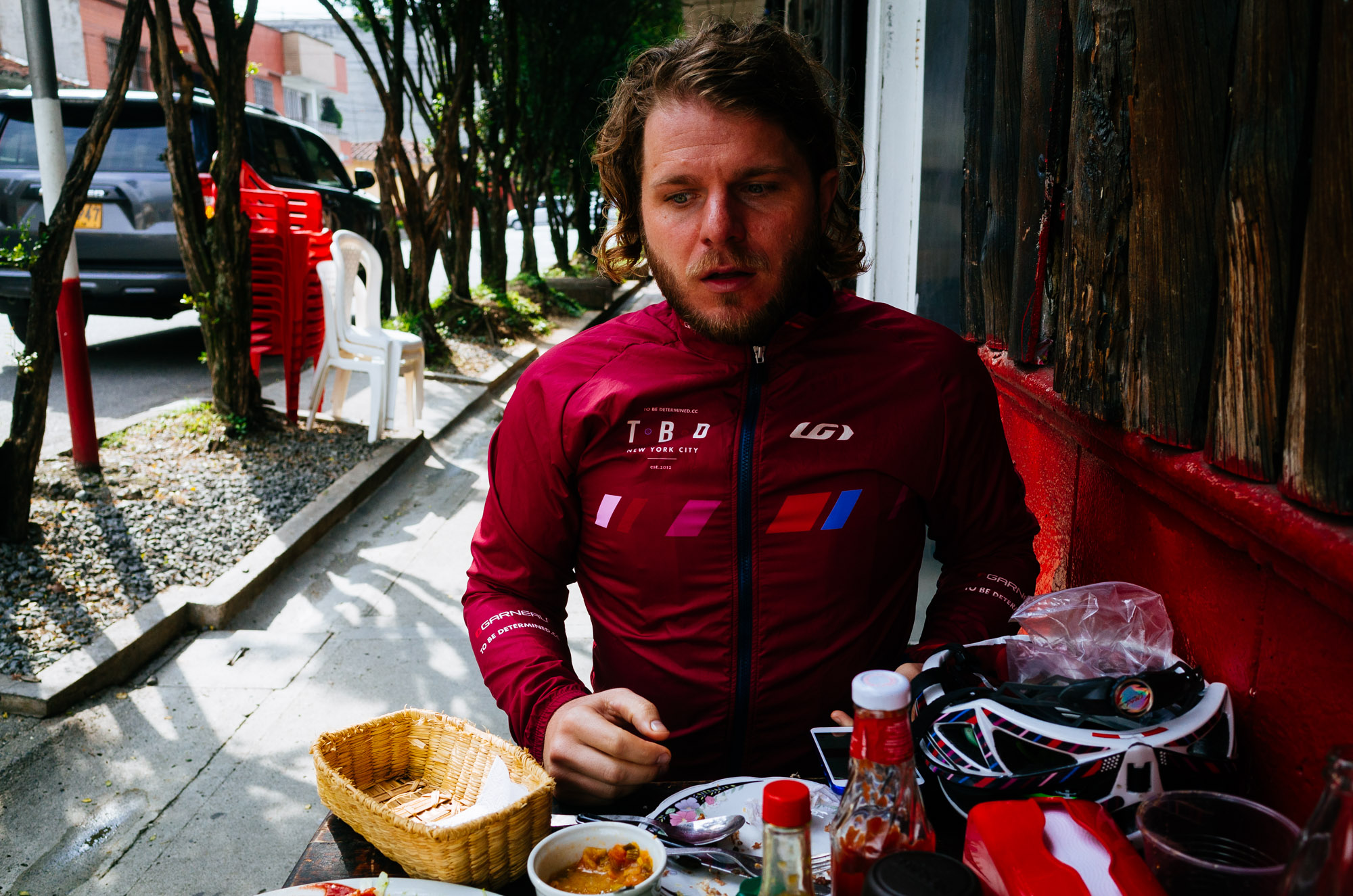



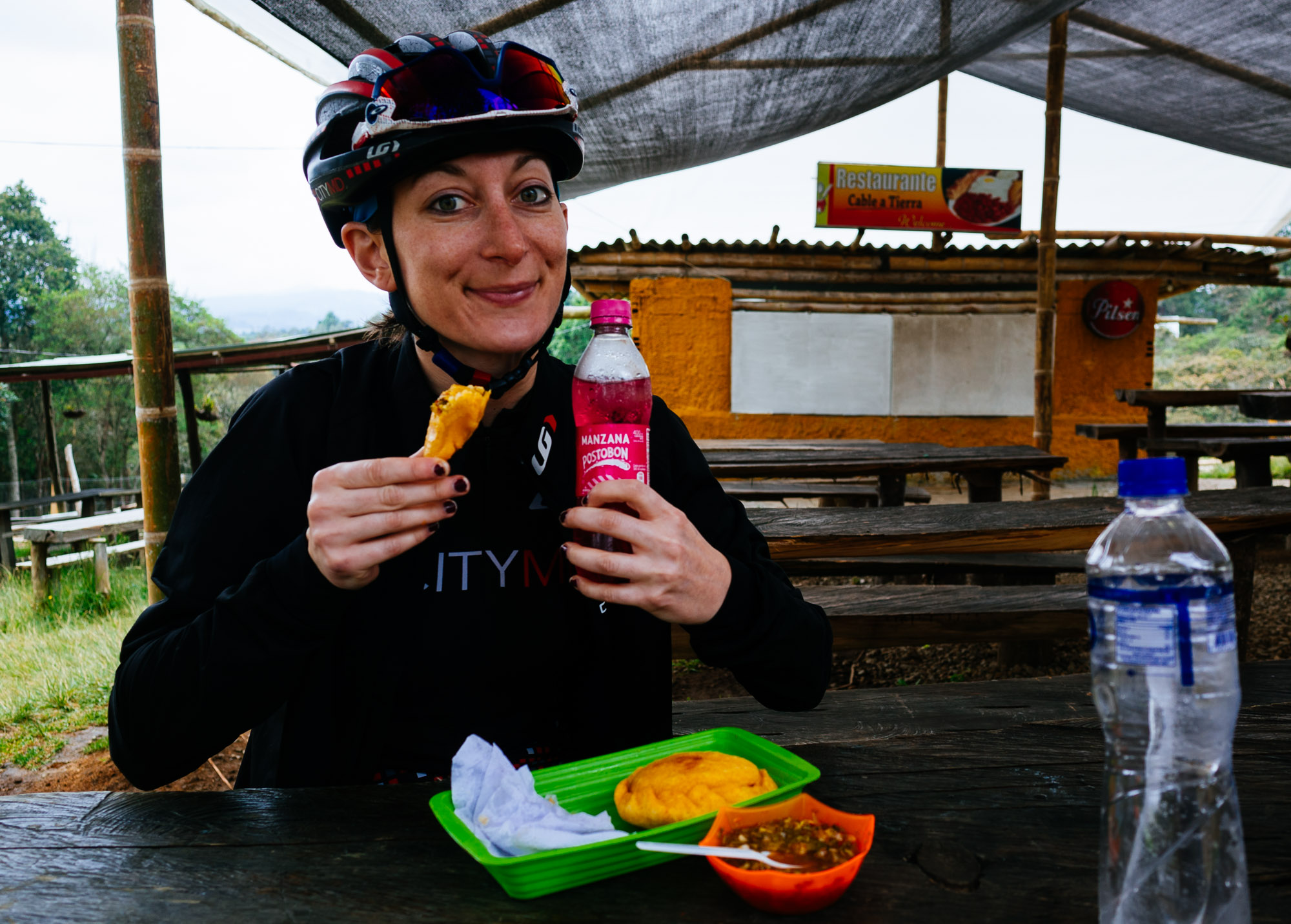
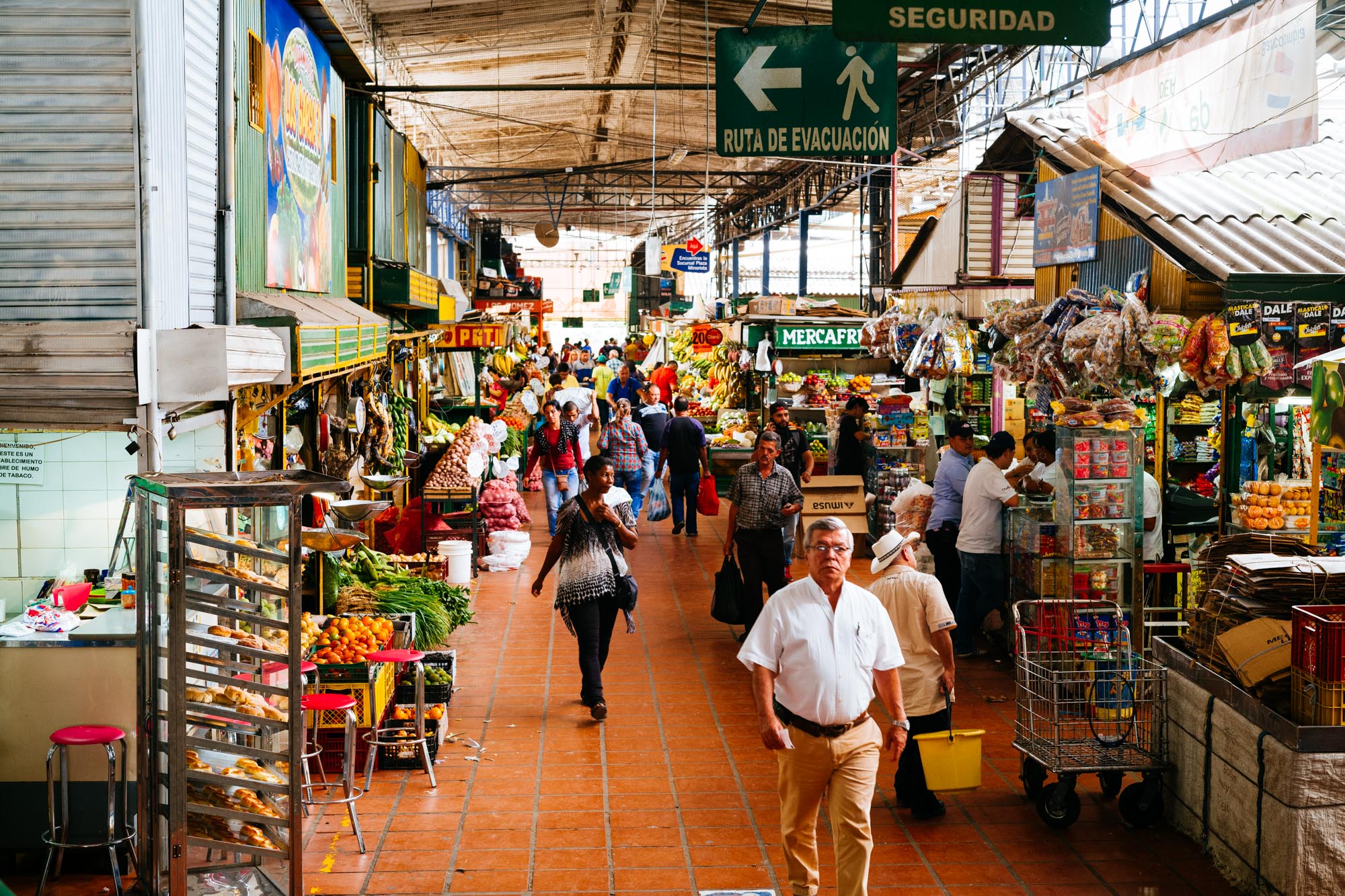
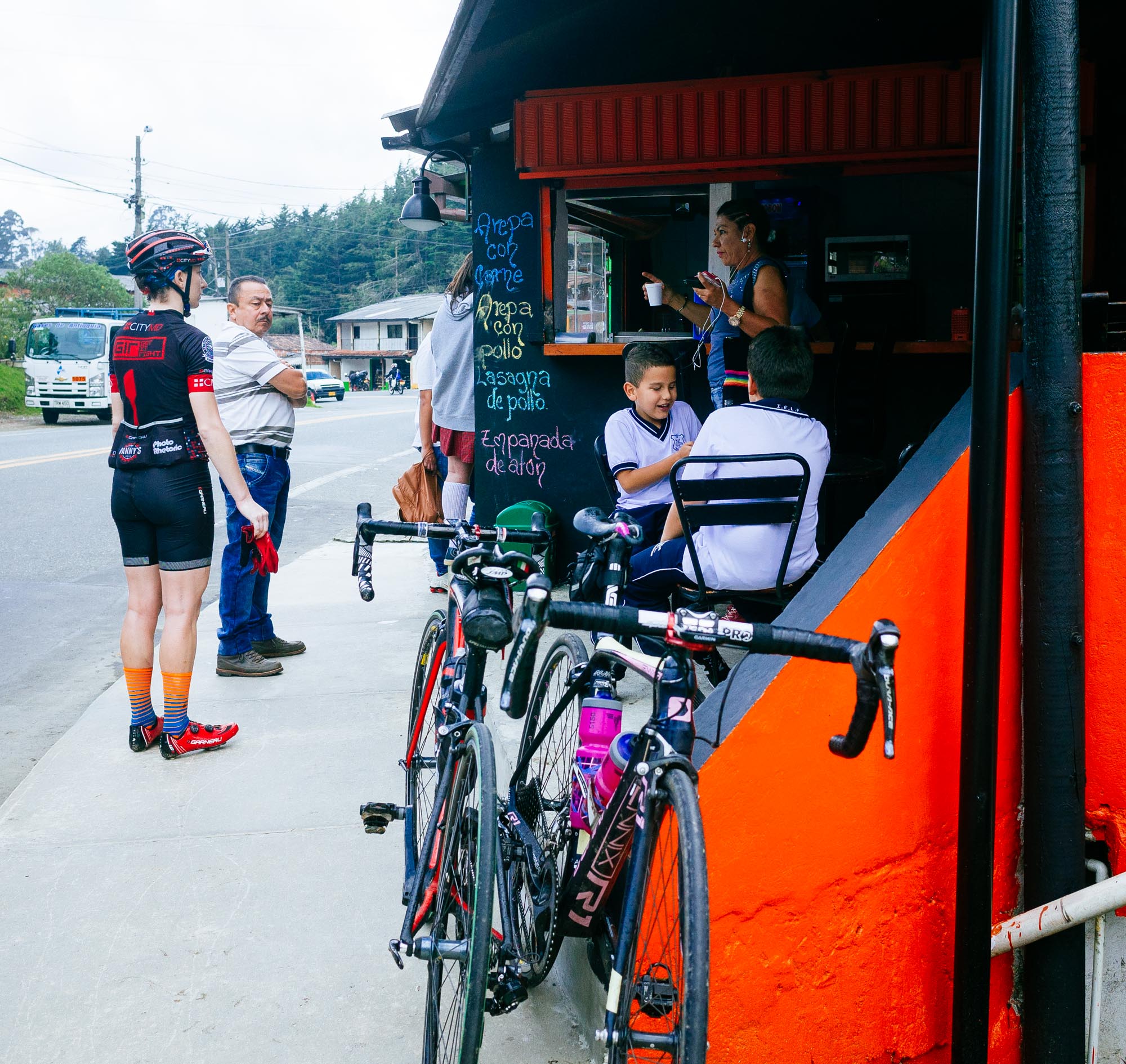
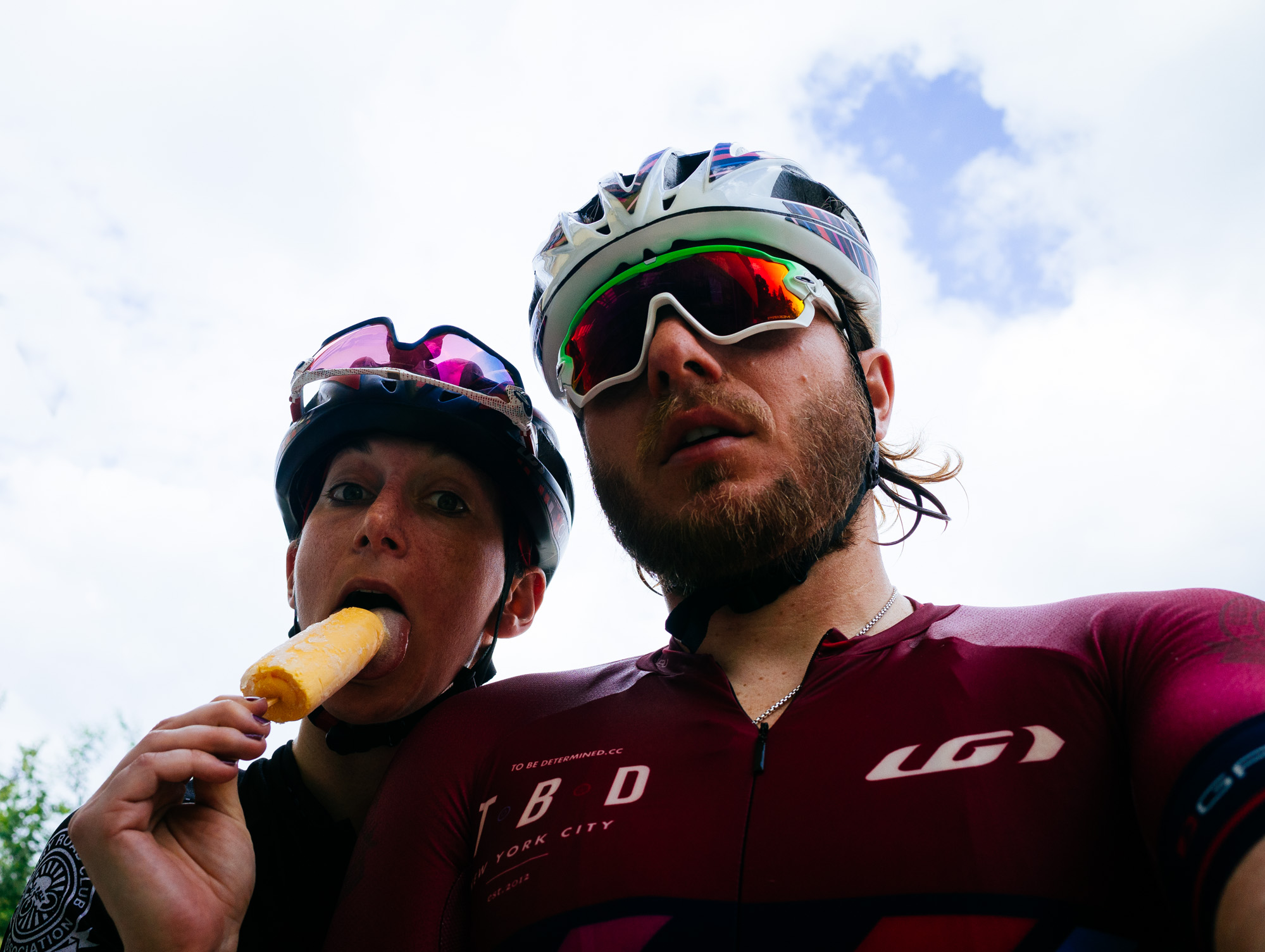
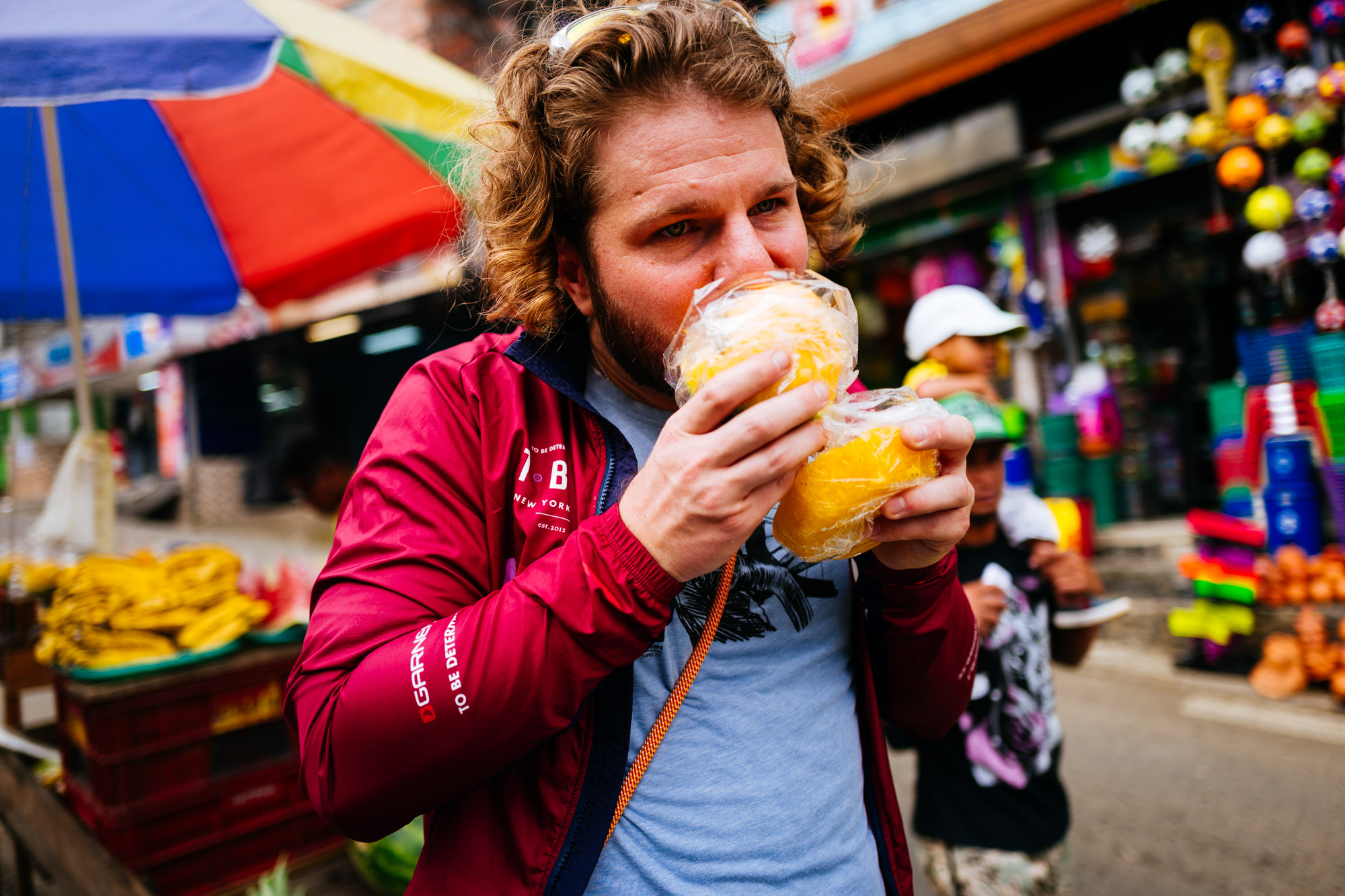
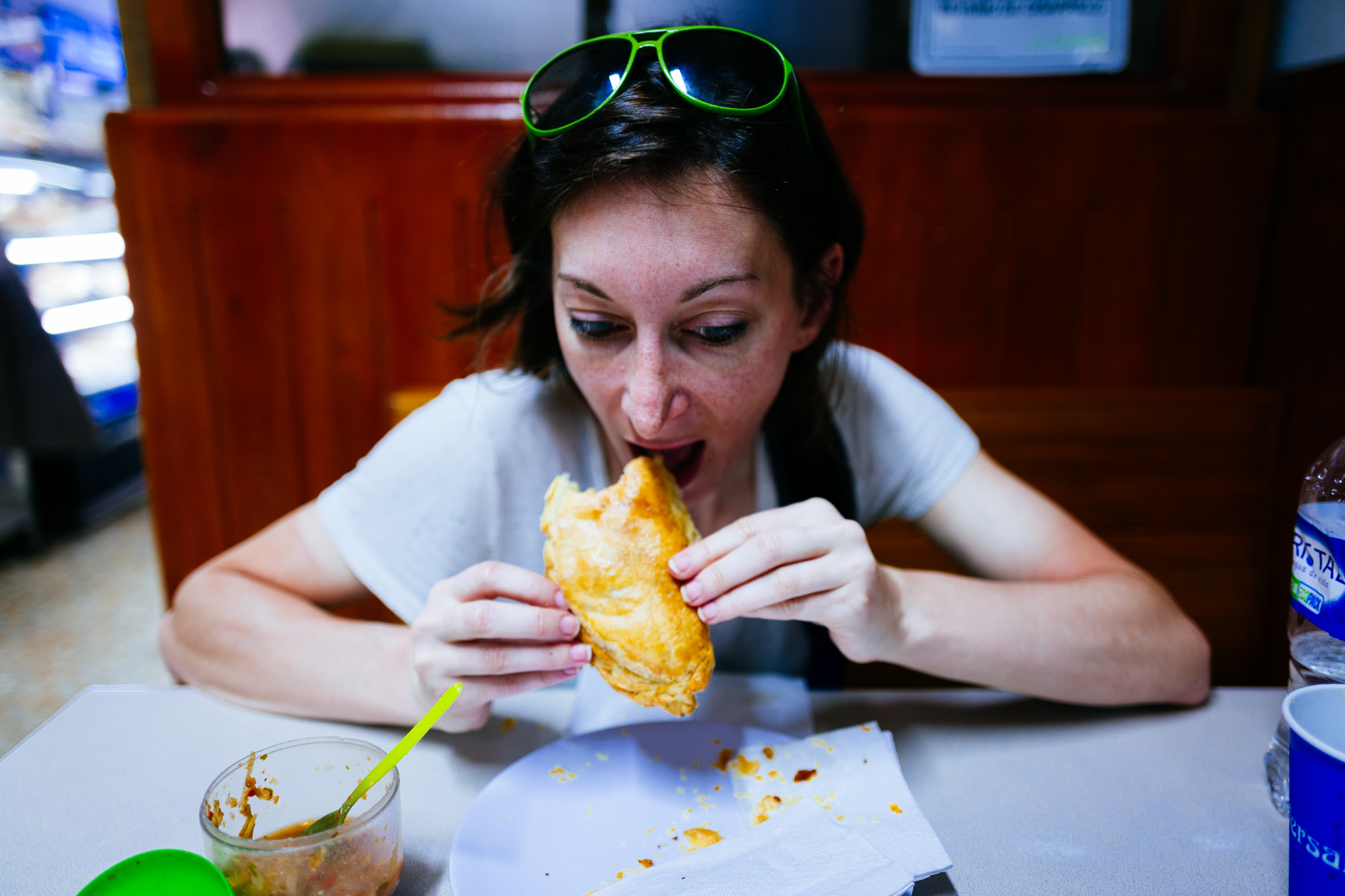
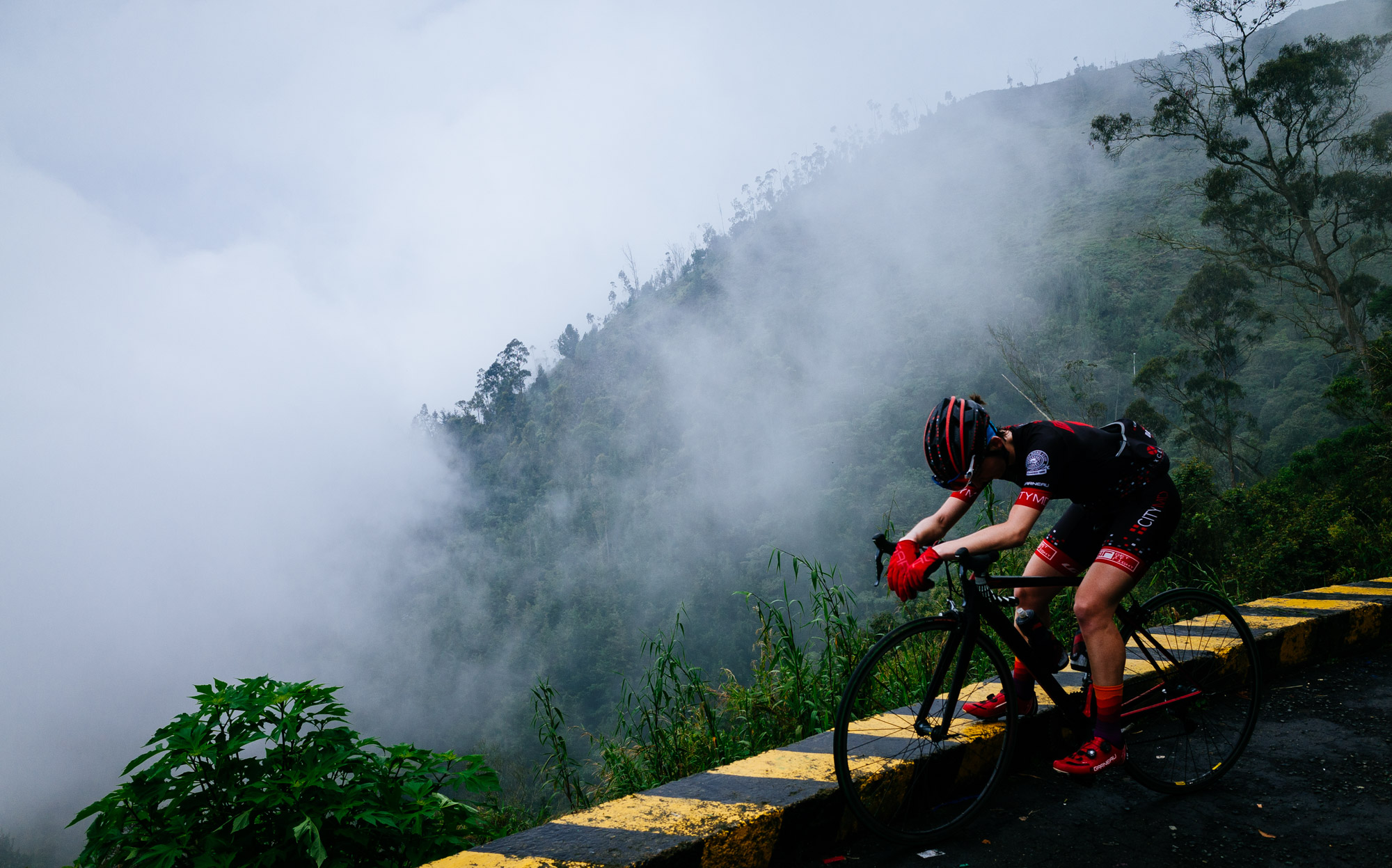
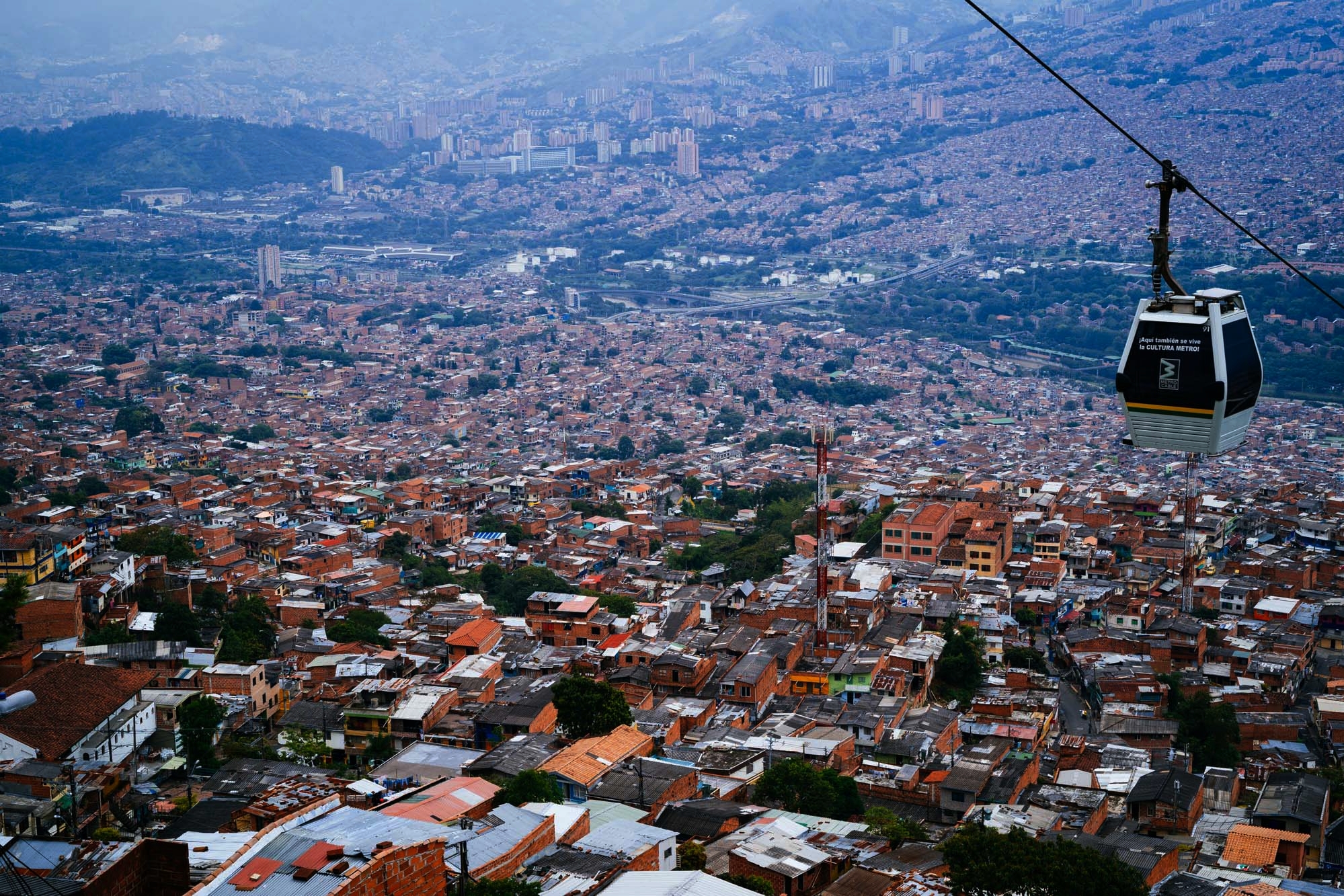
I was asked many times both before and after my trip, “why Colombia, why Medellin?” The following aims to explain exactly why I chose to visit this complicated city filled with so much character.